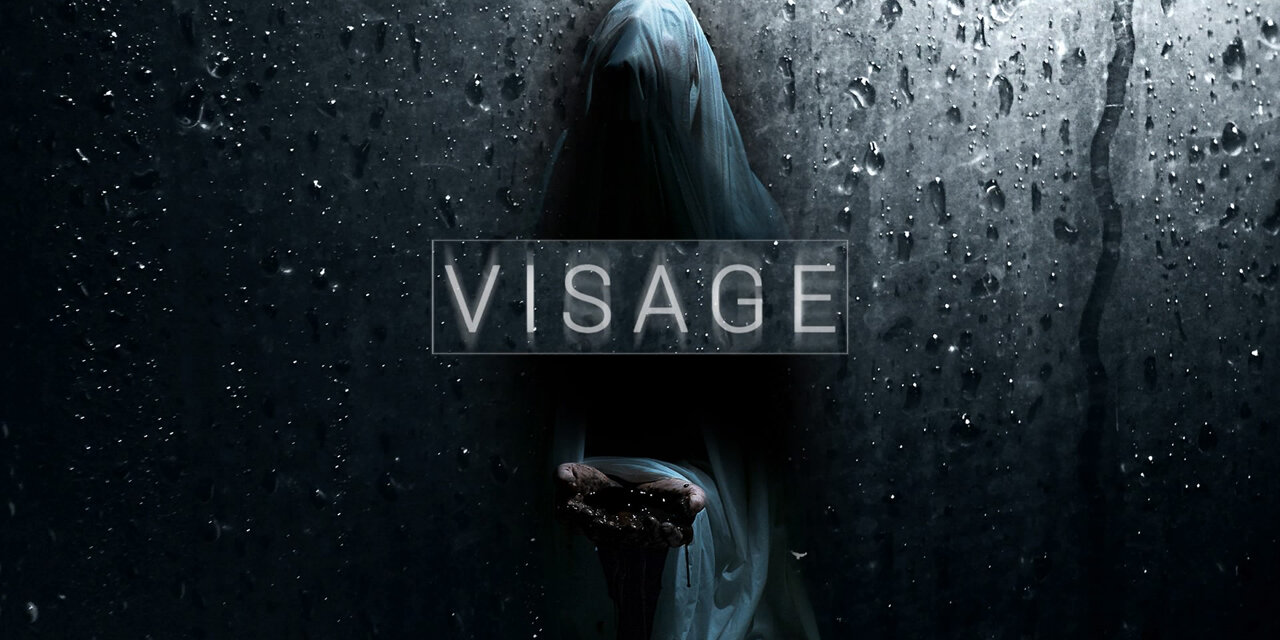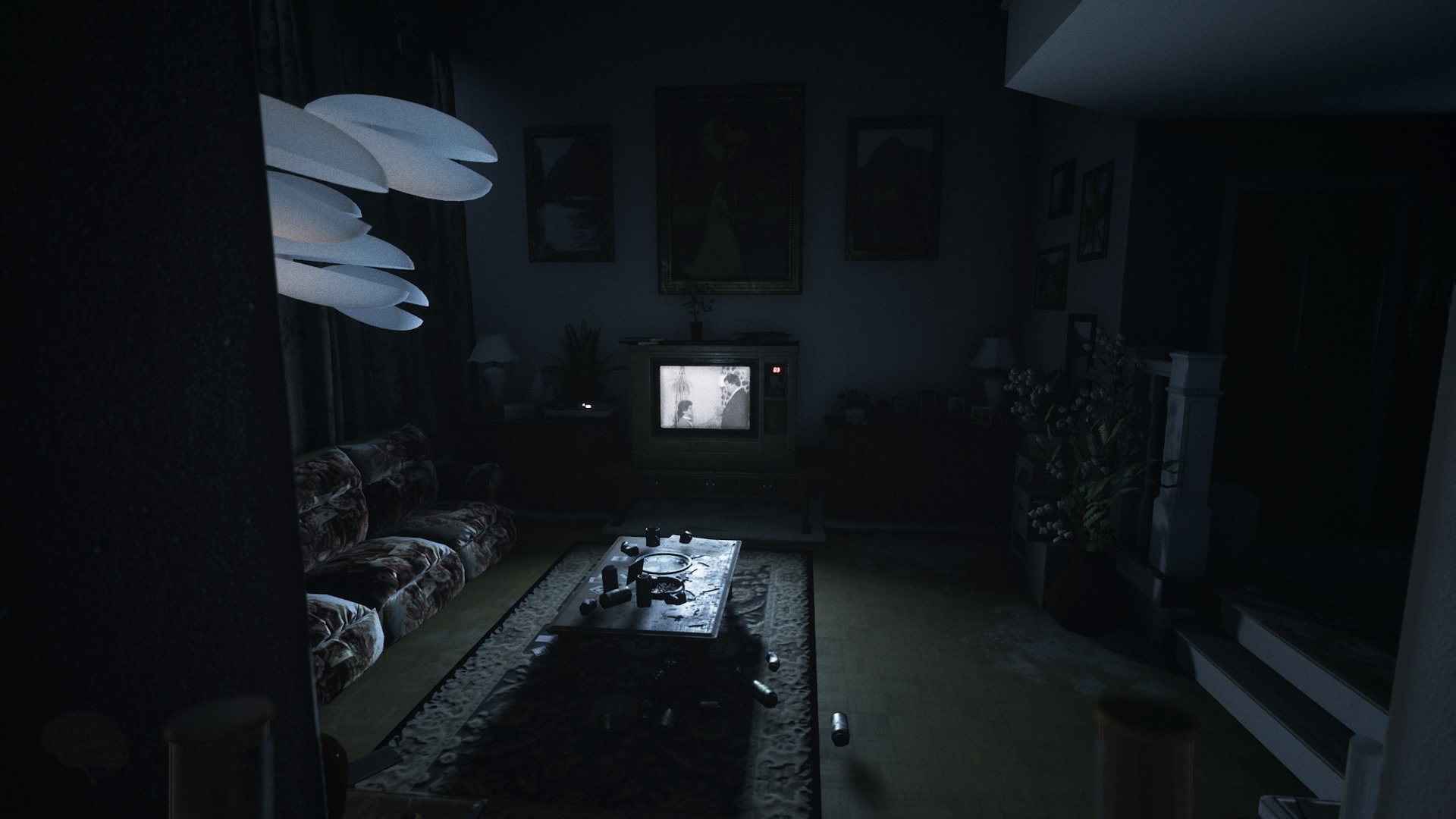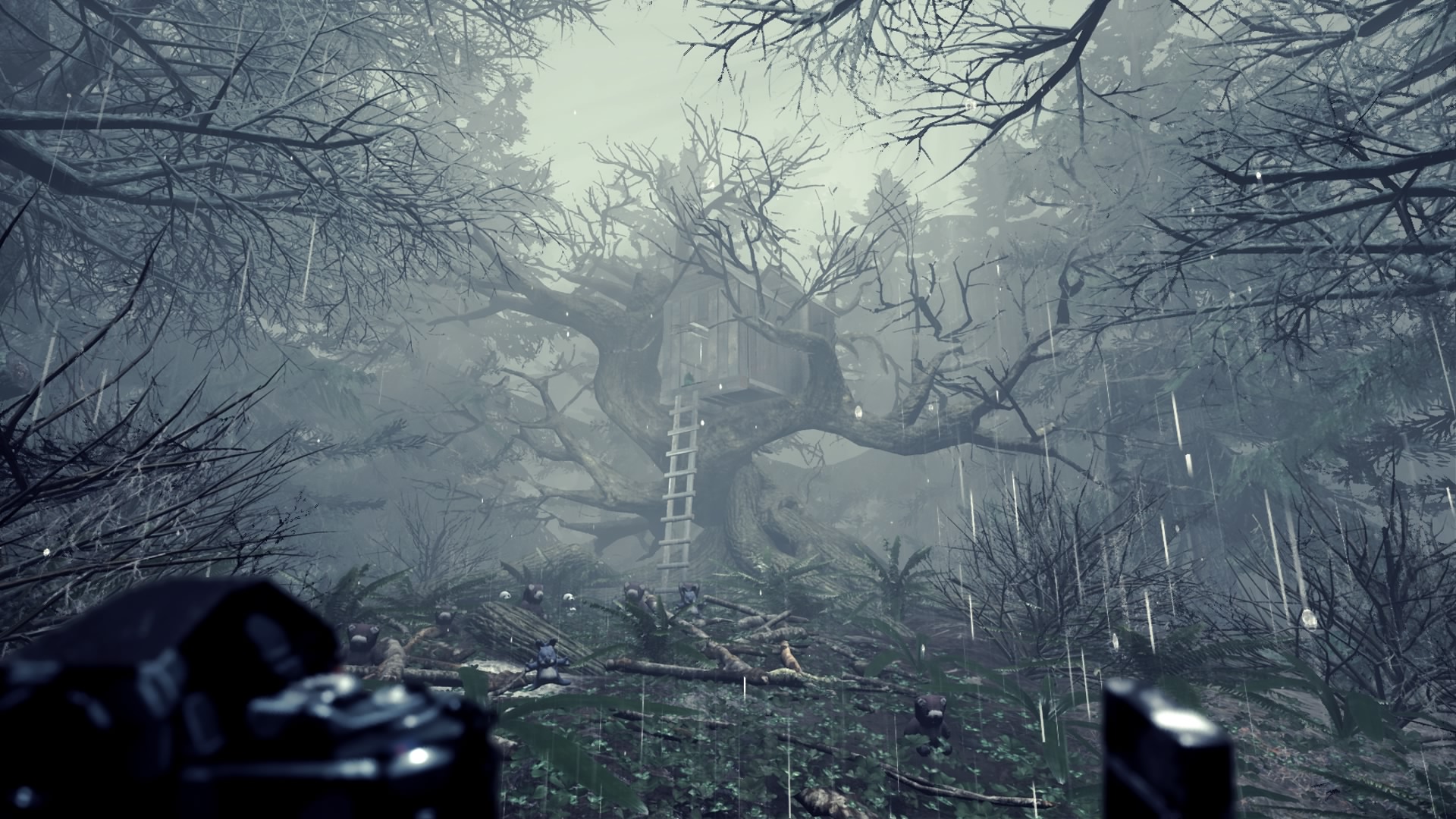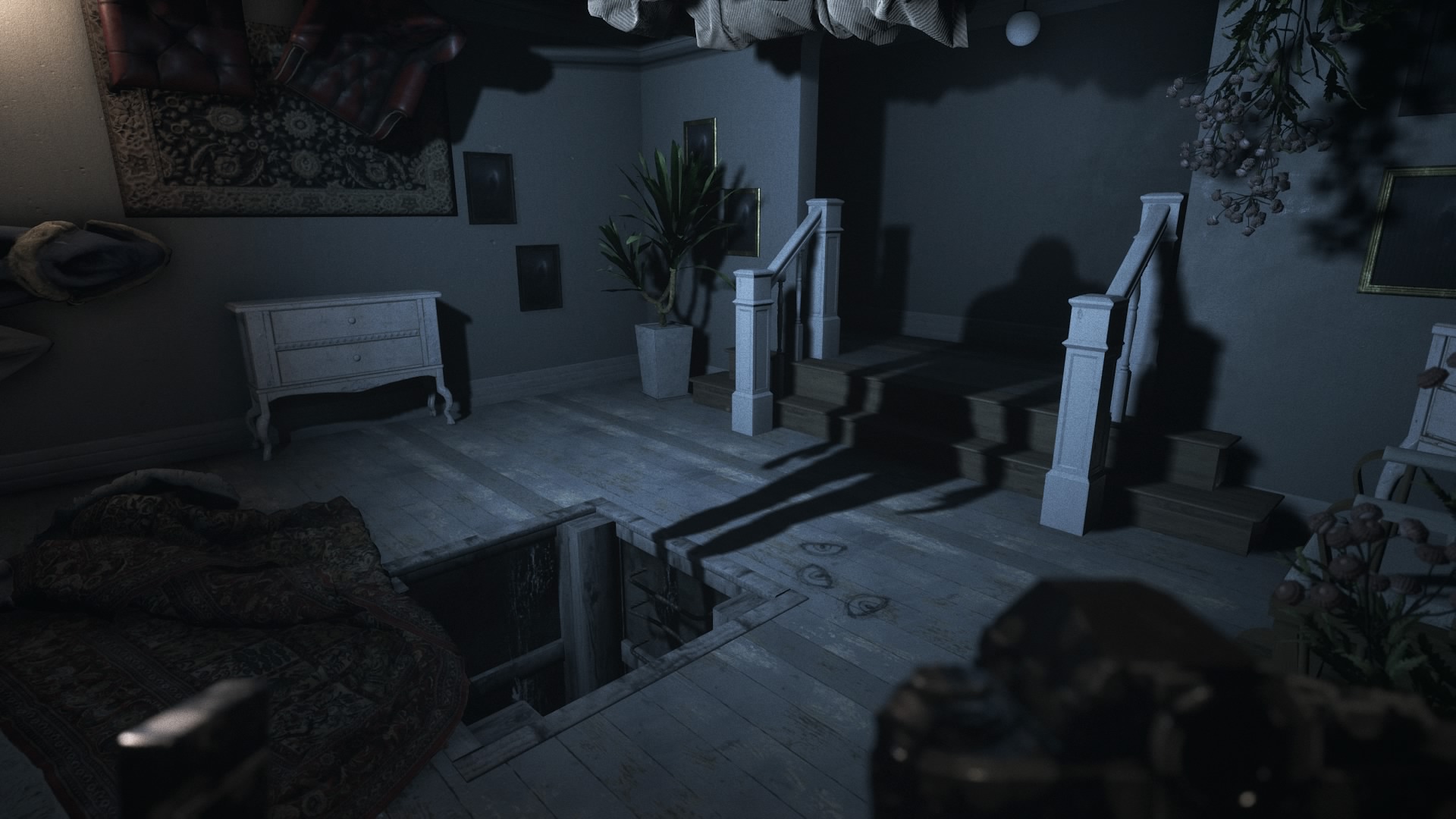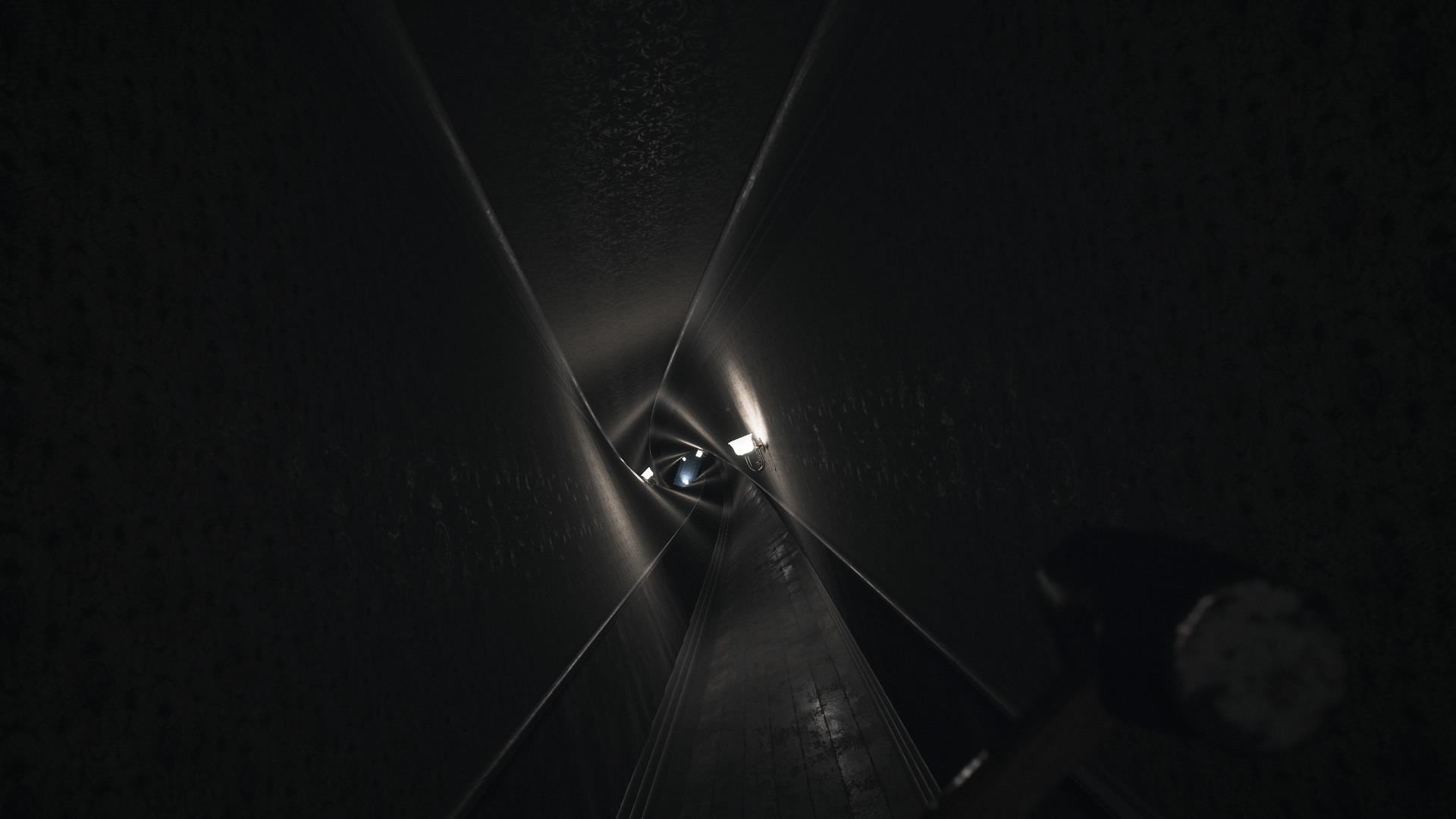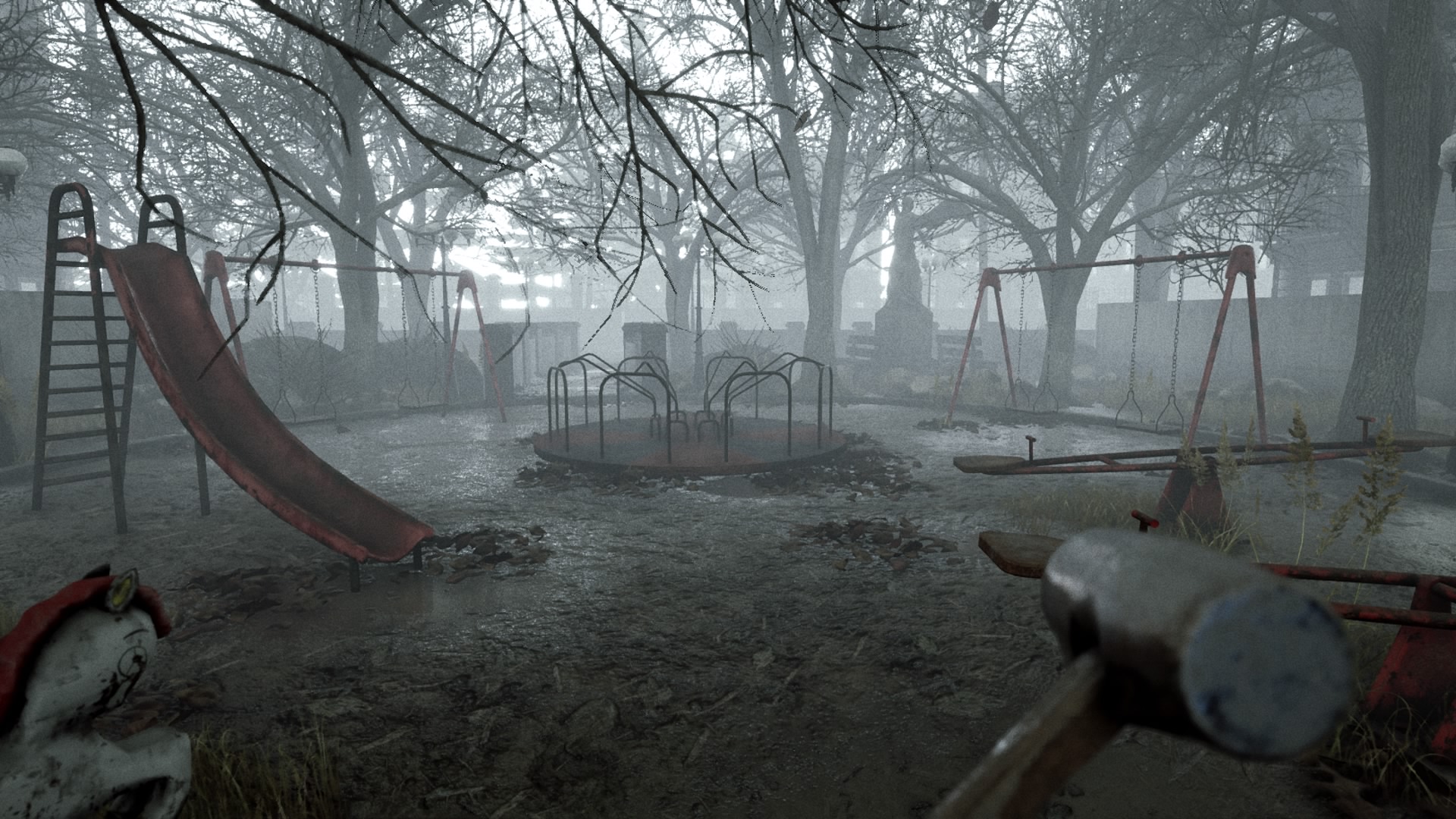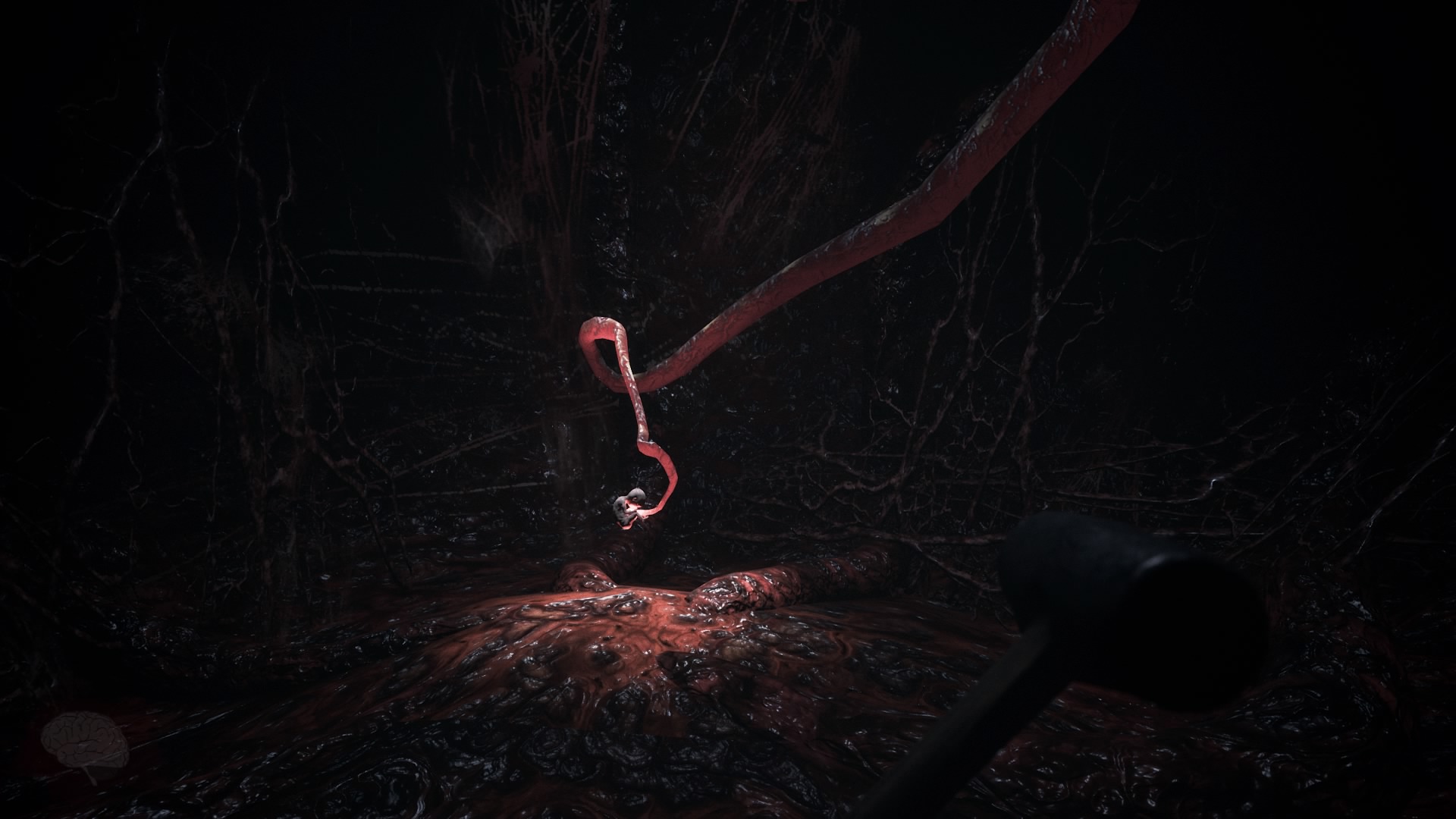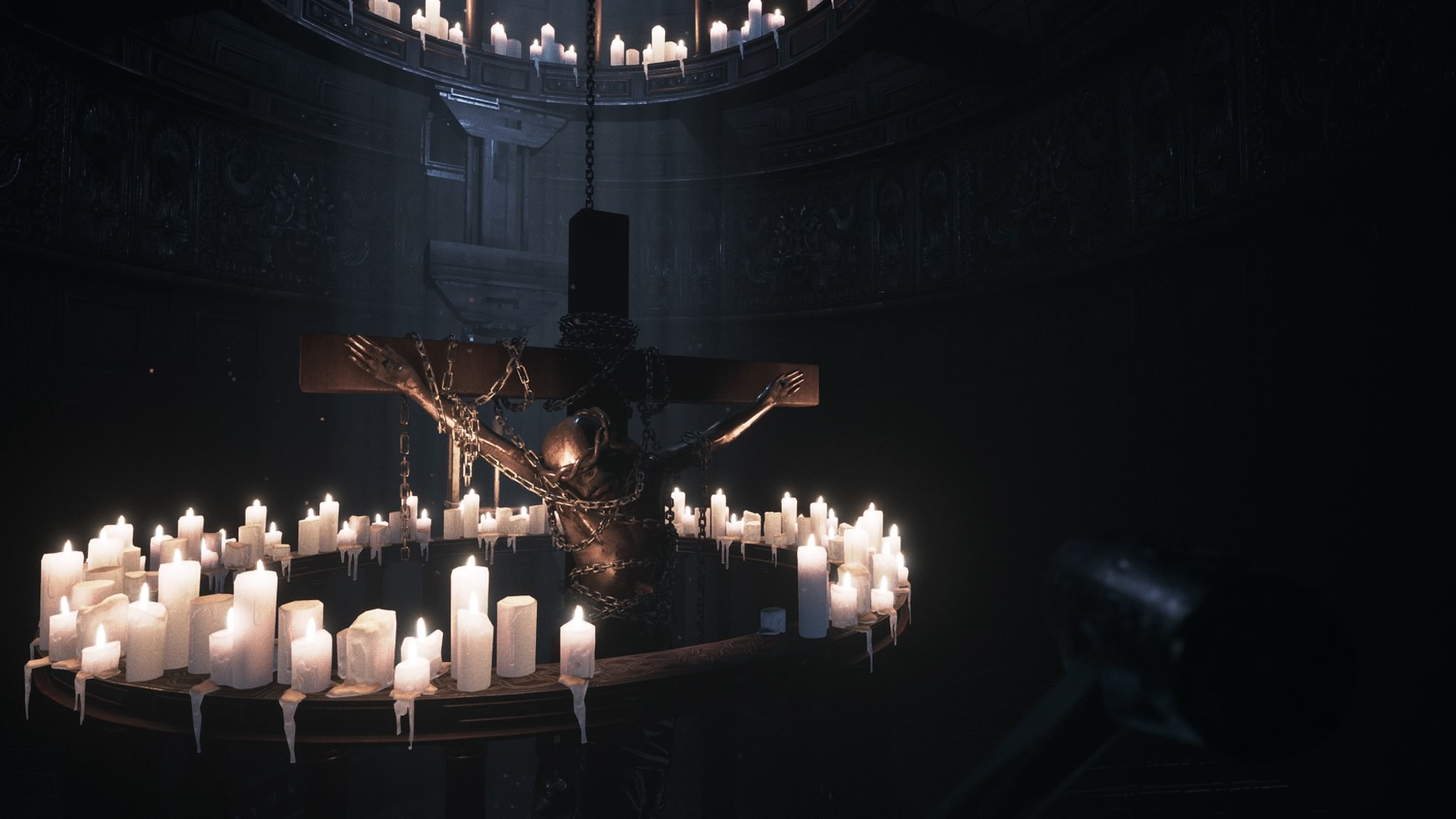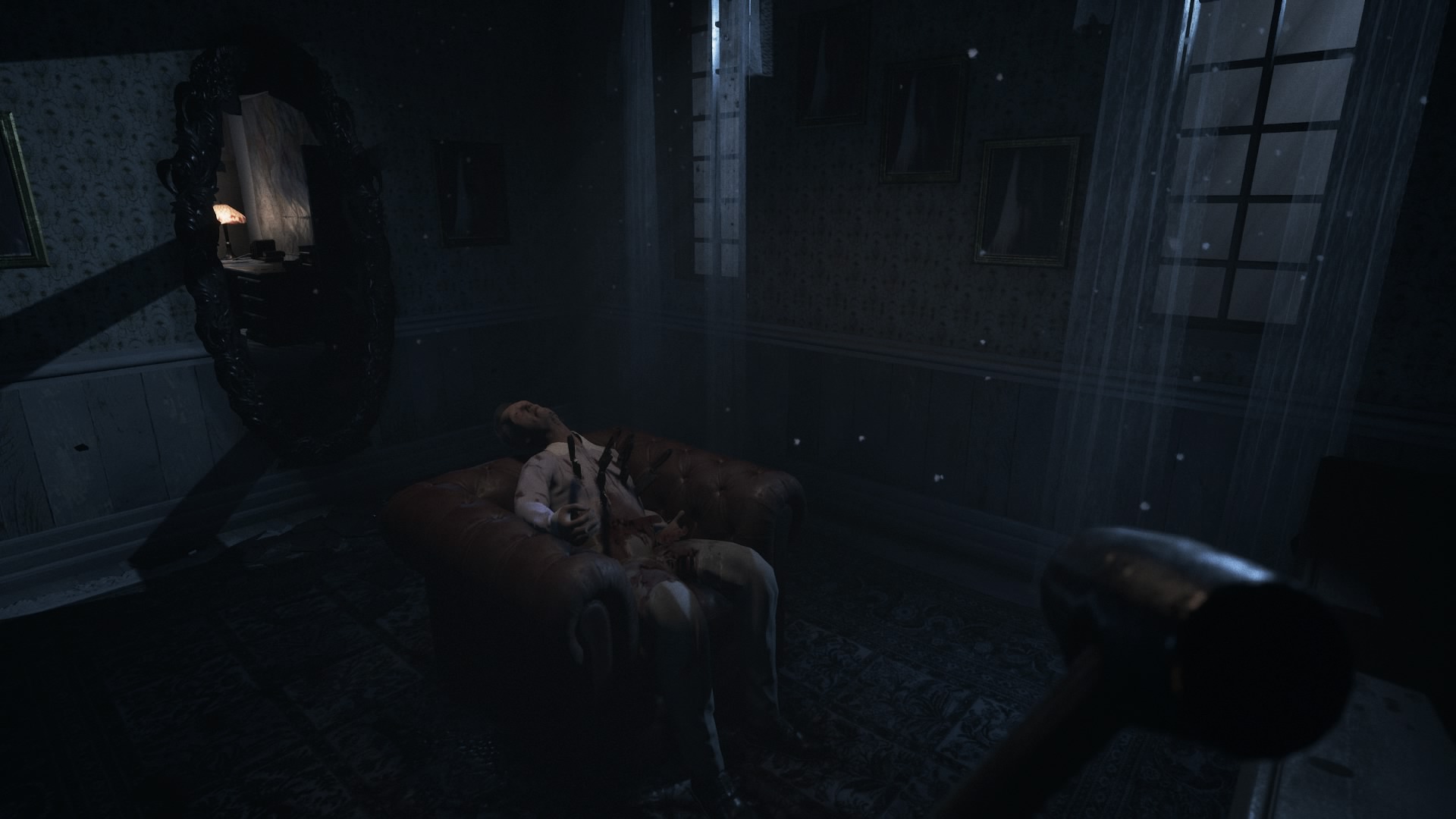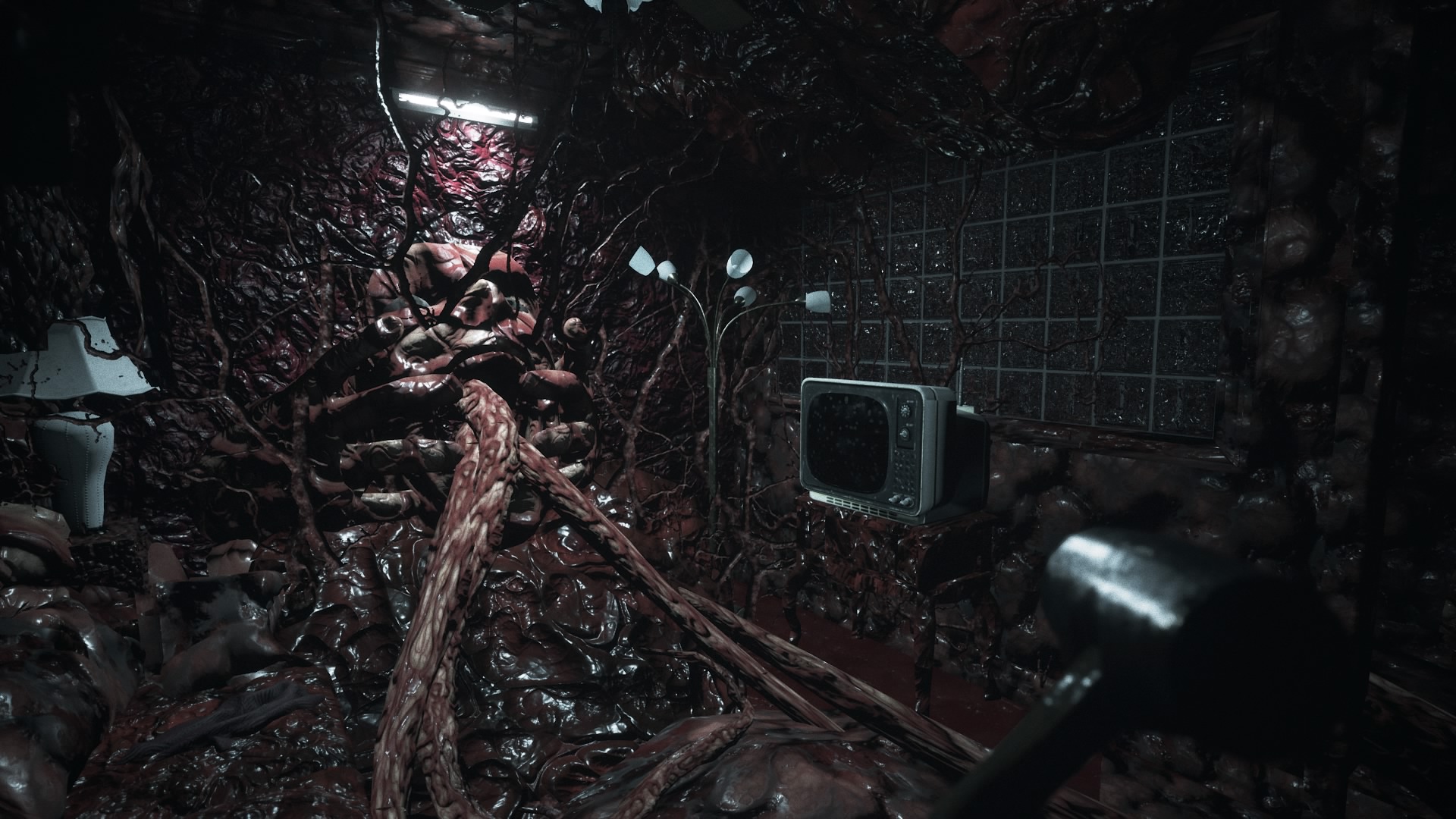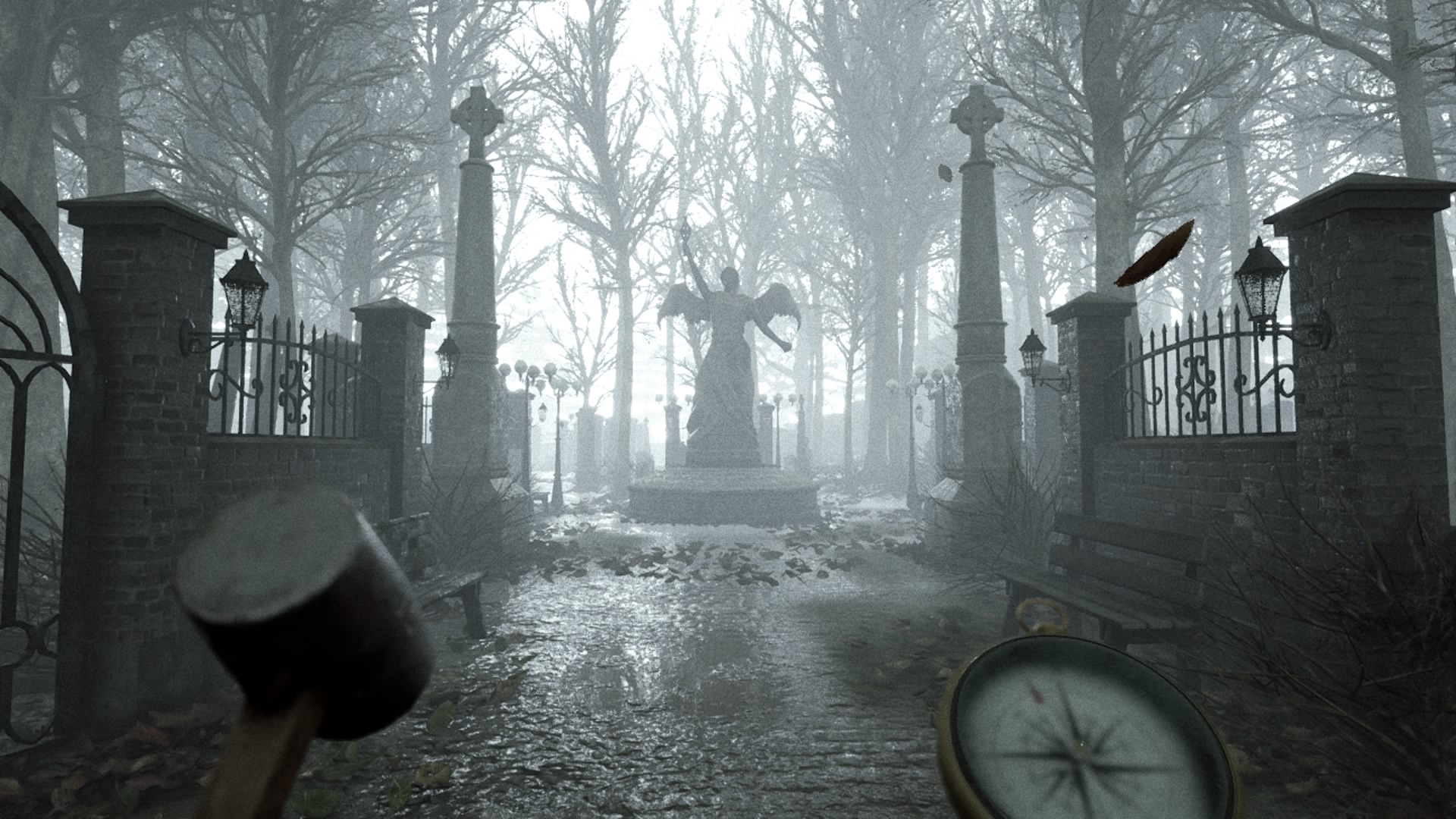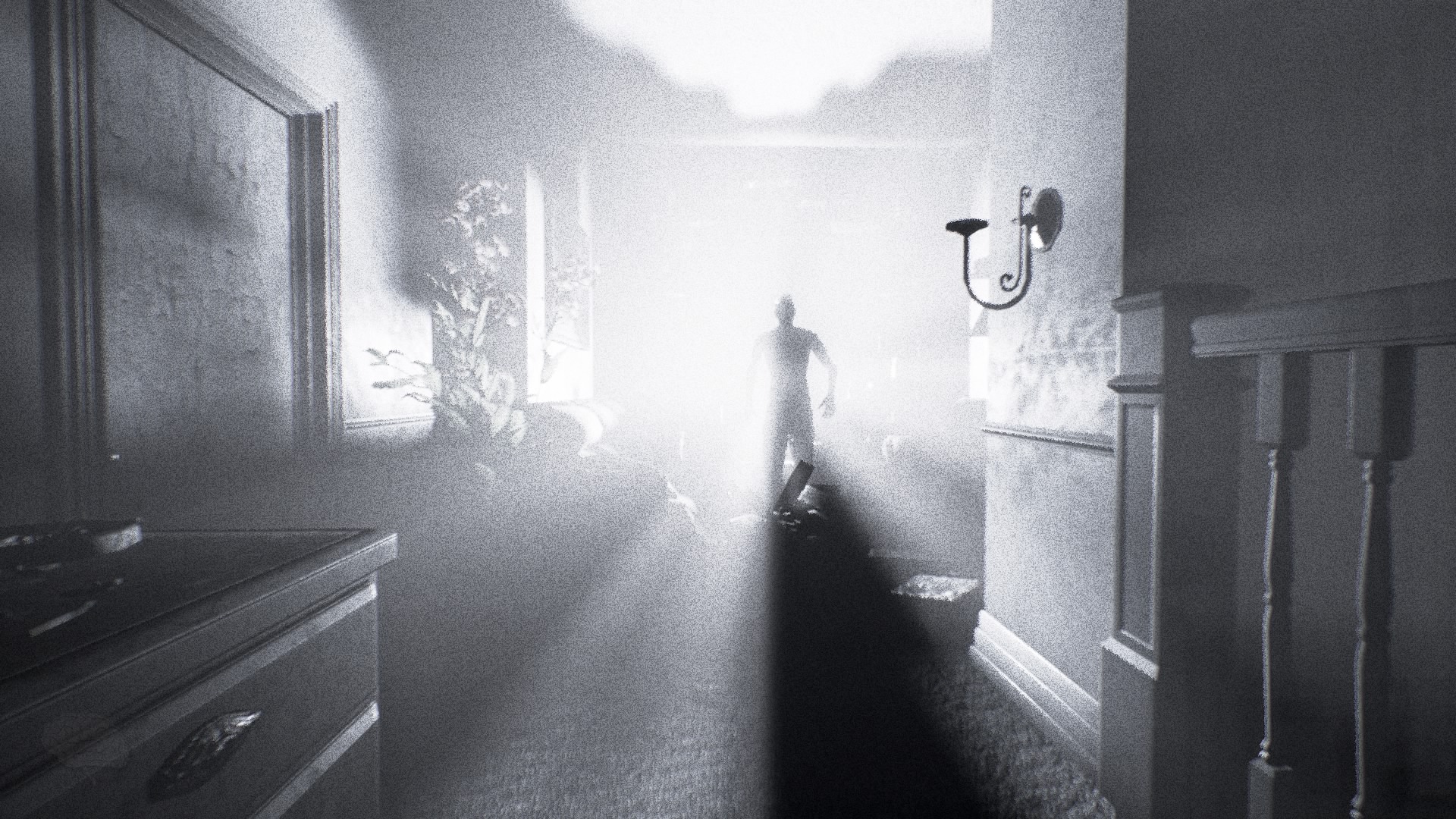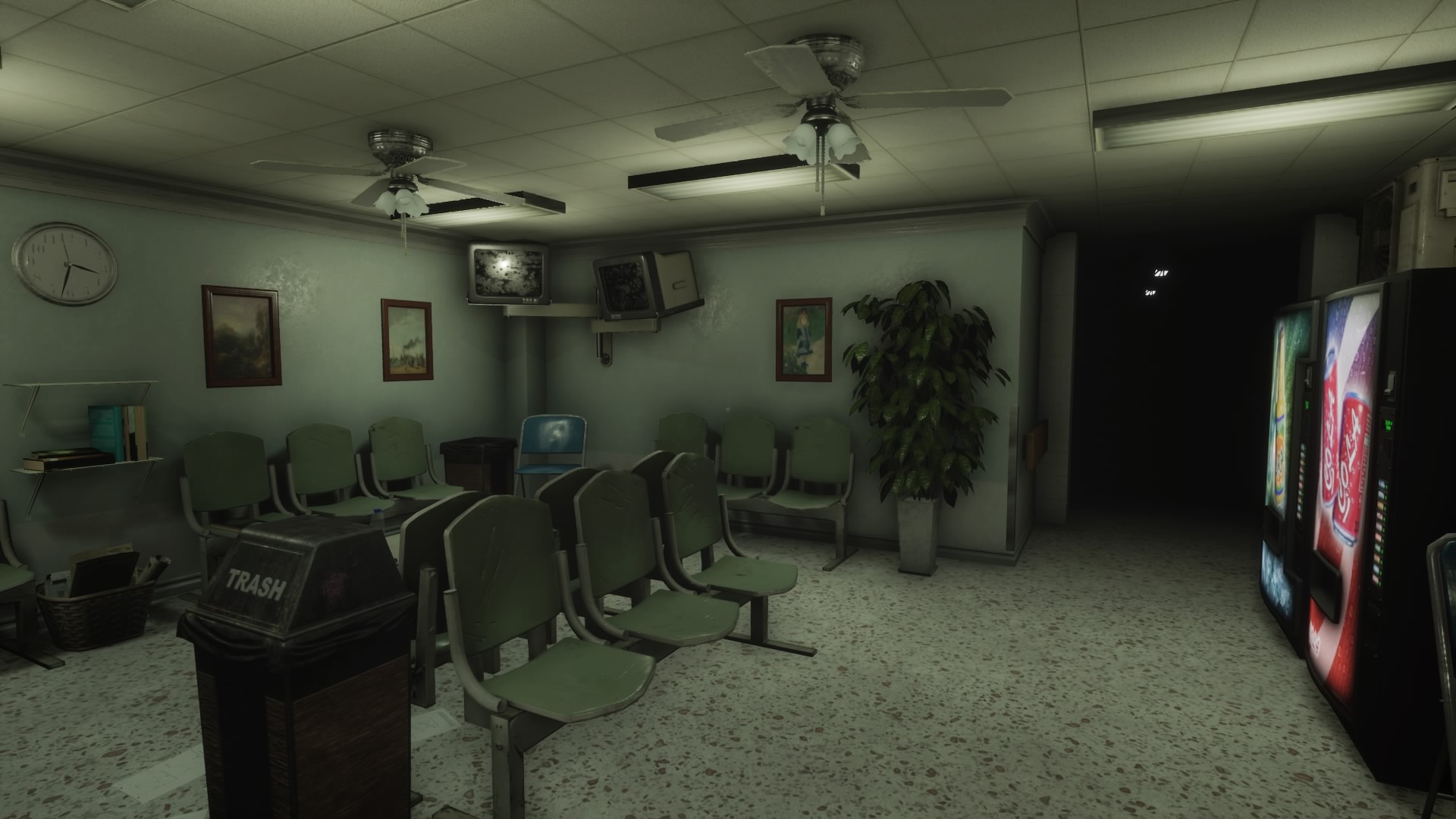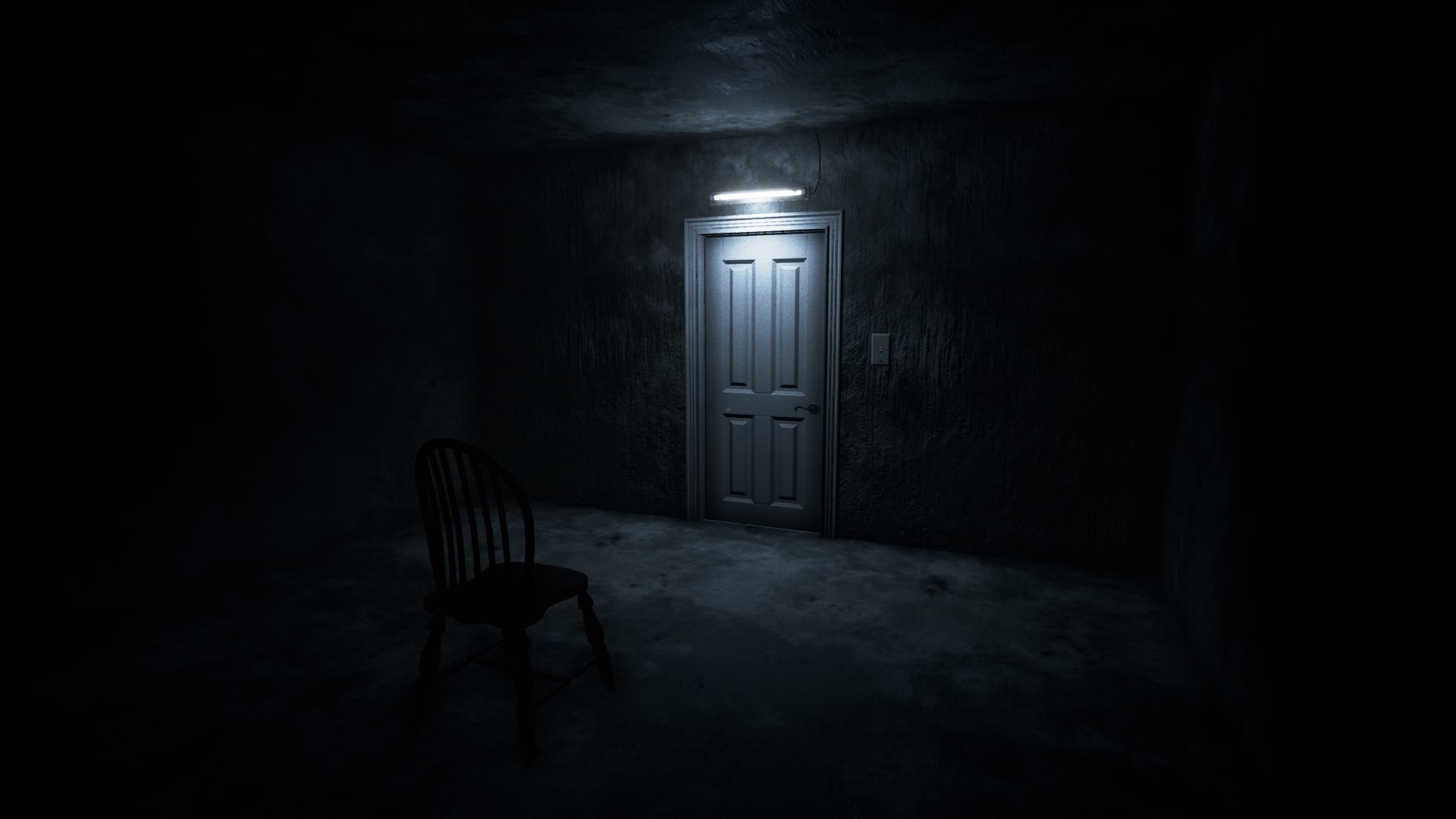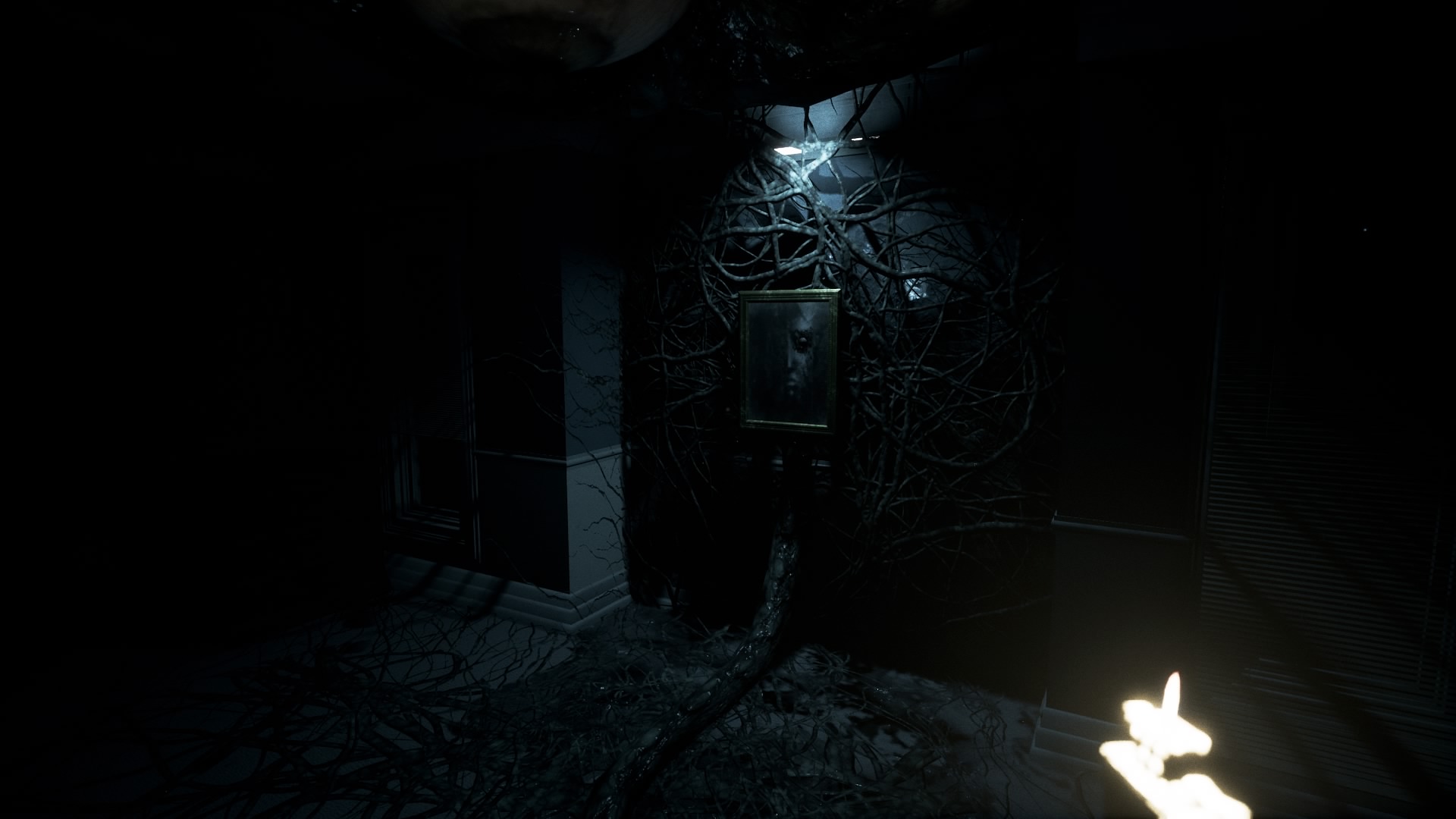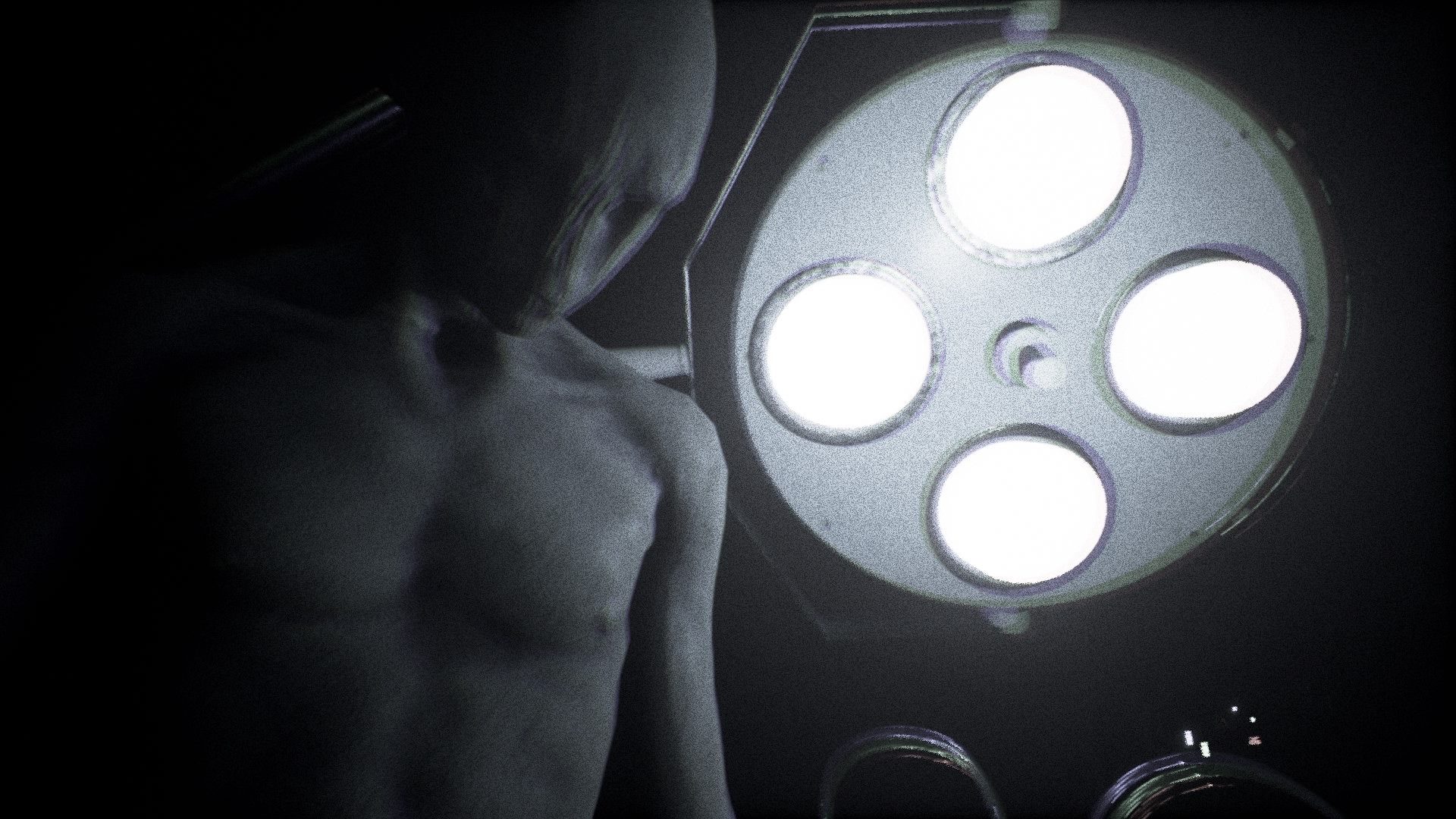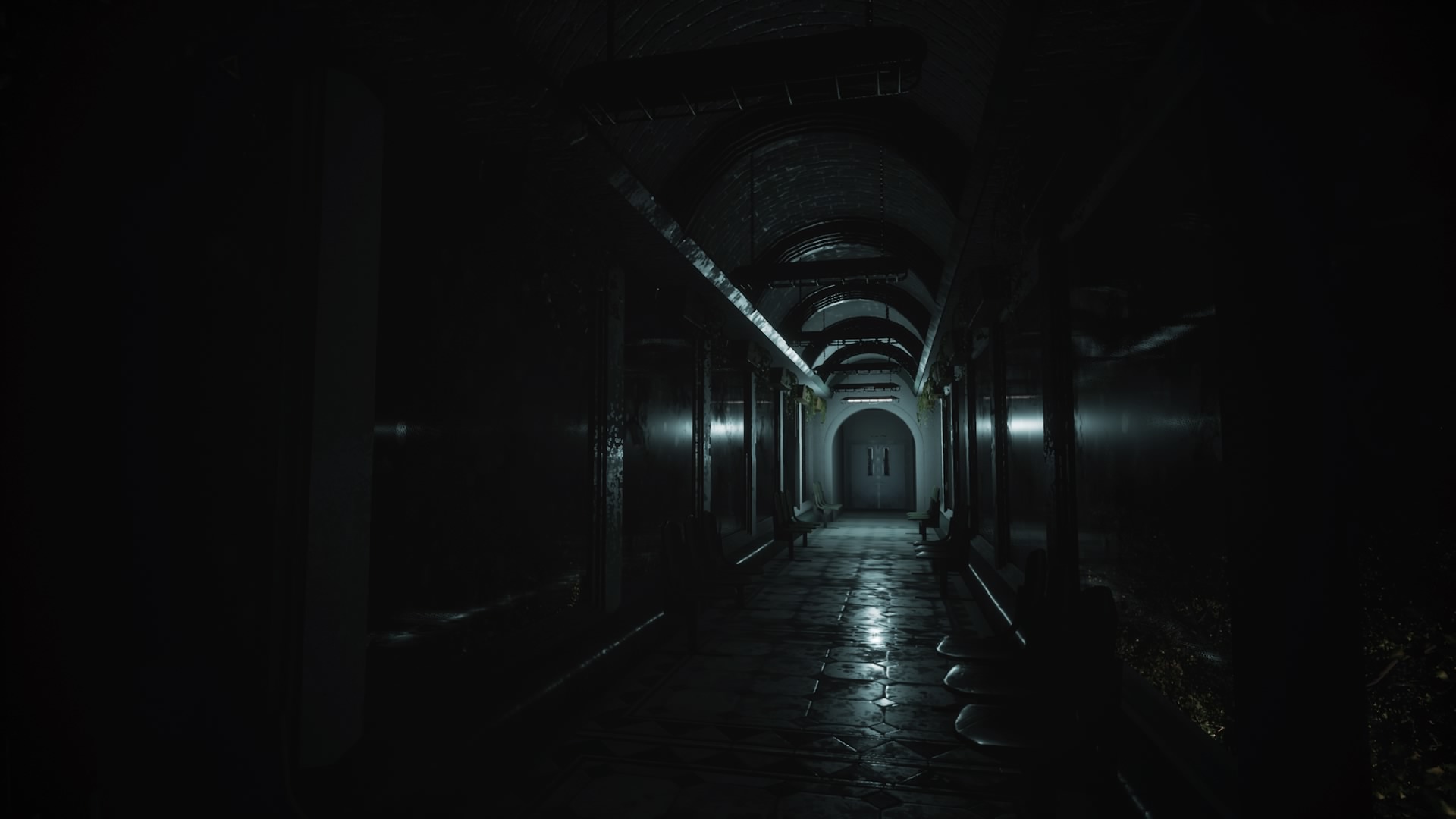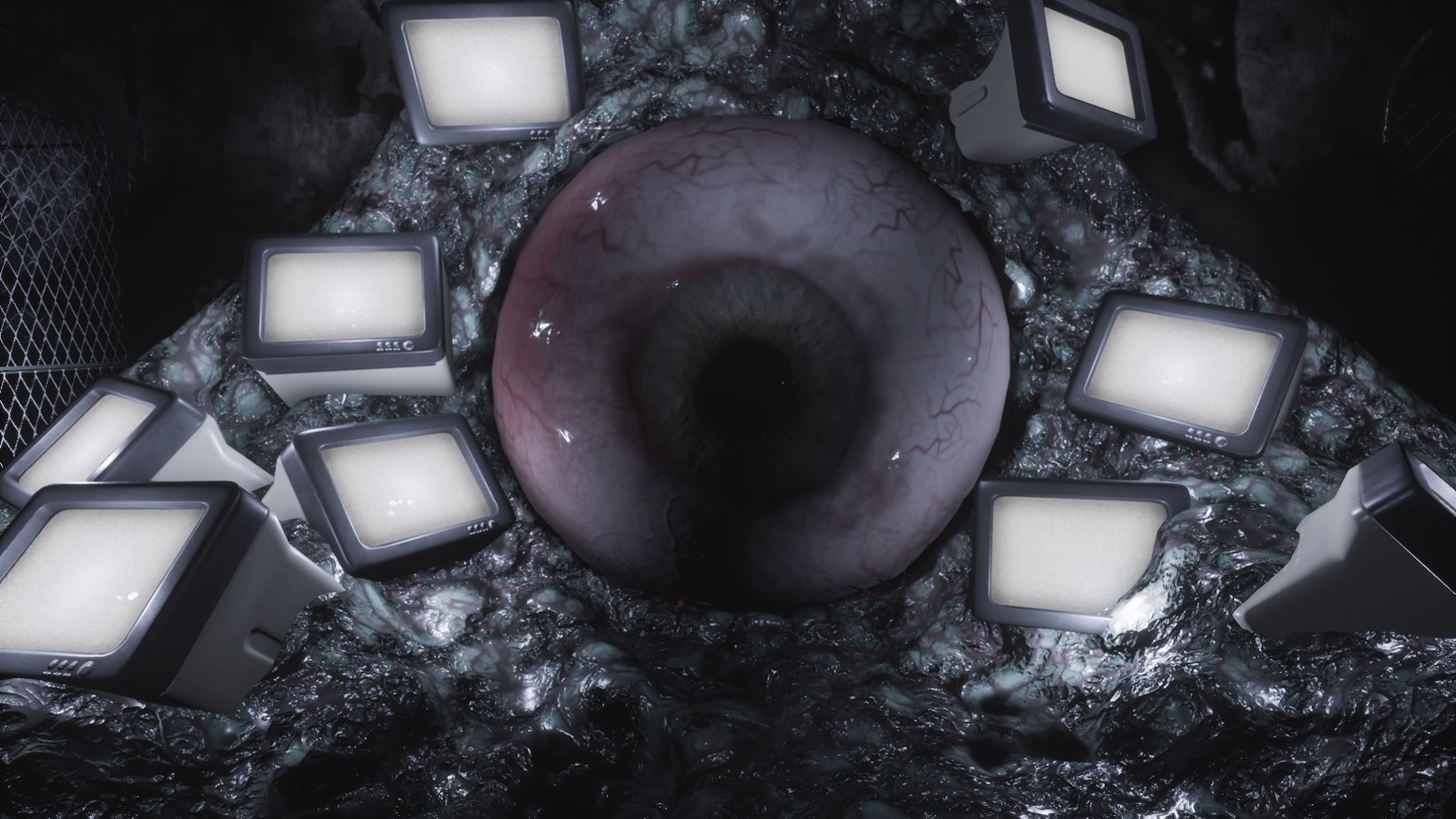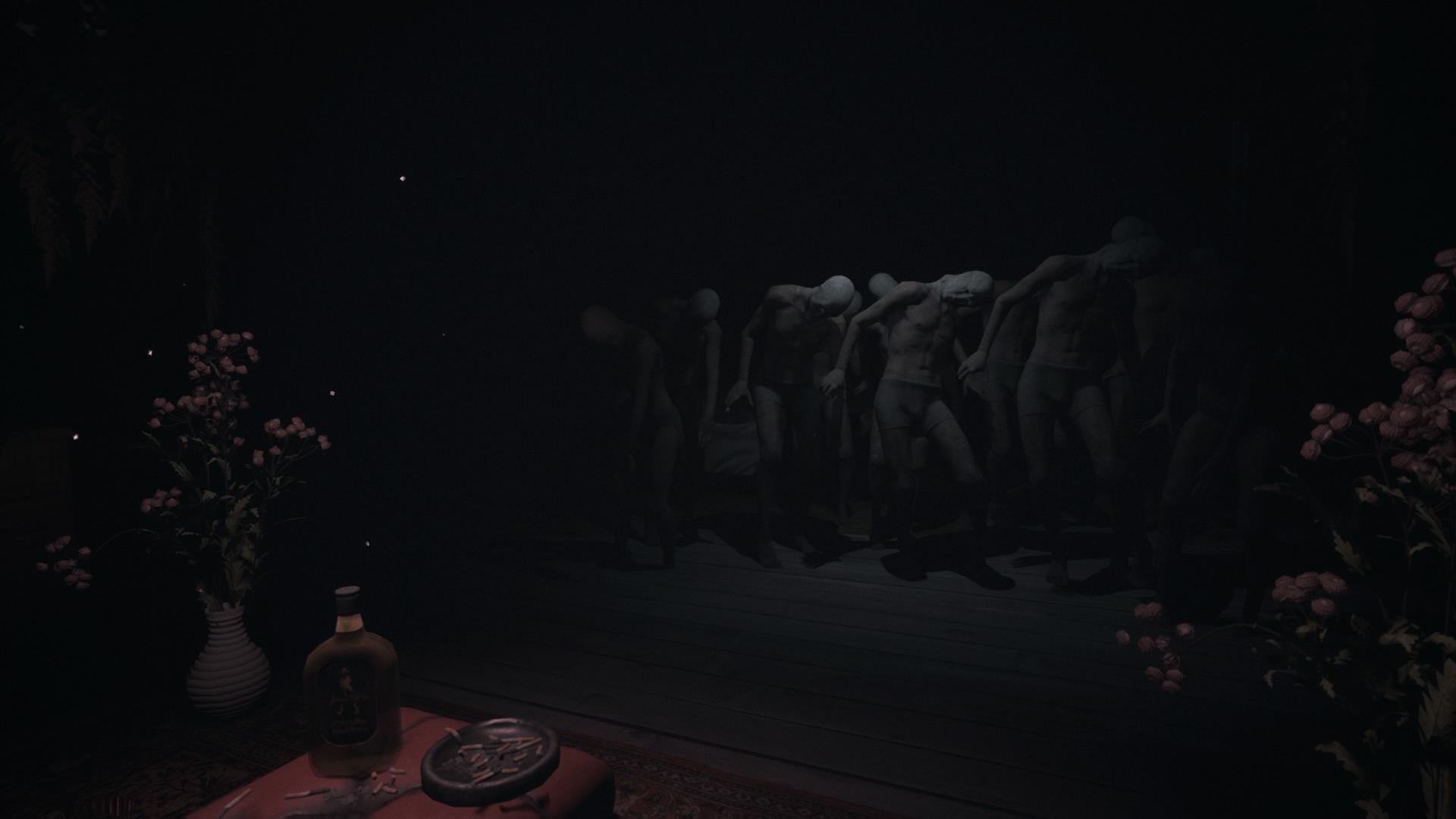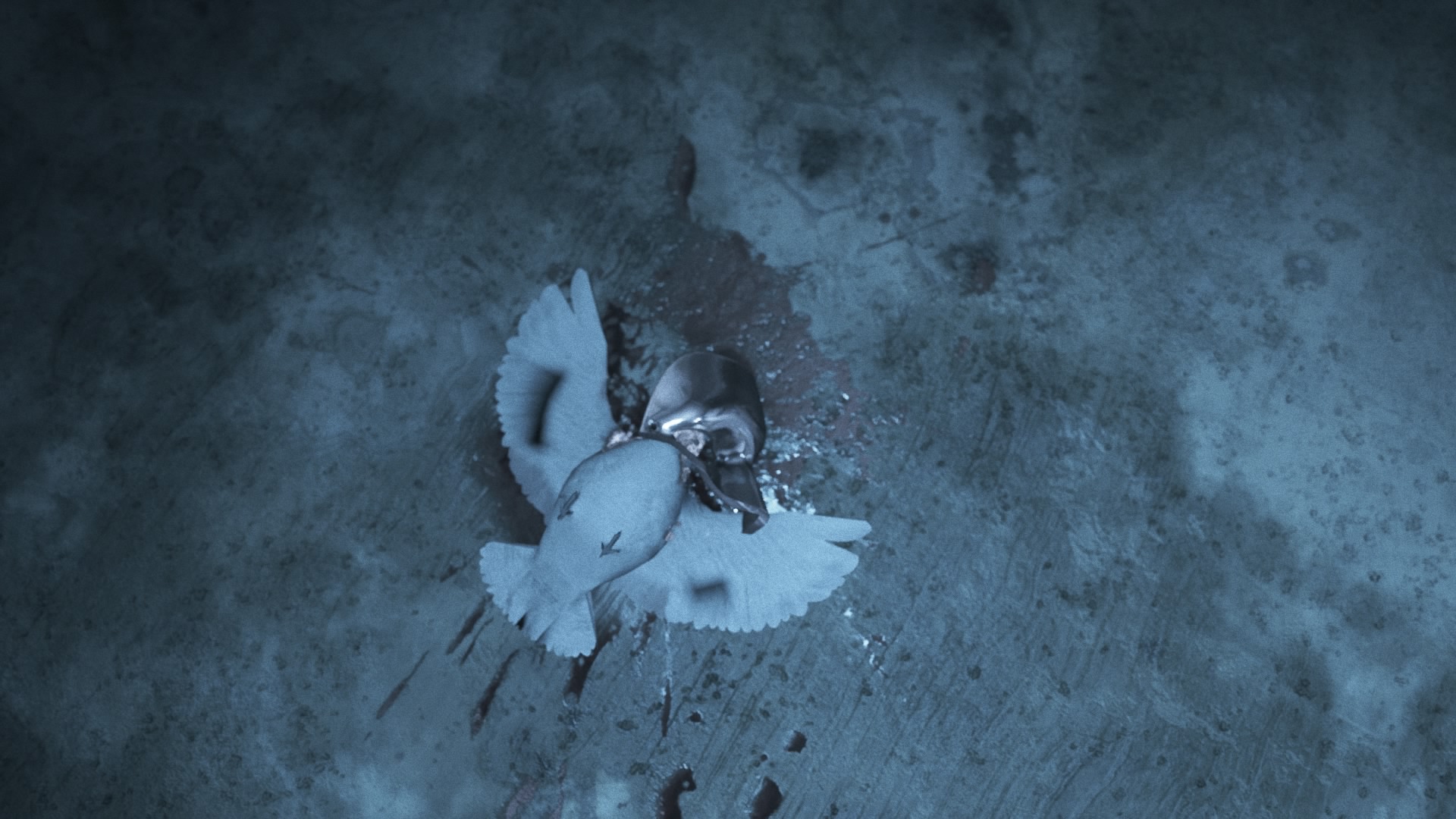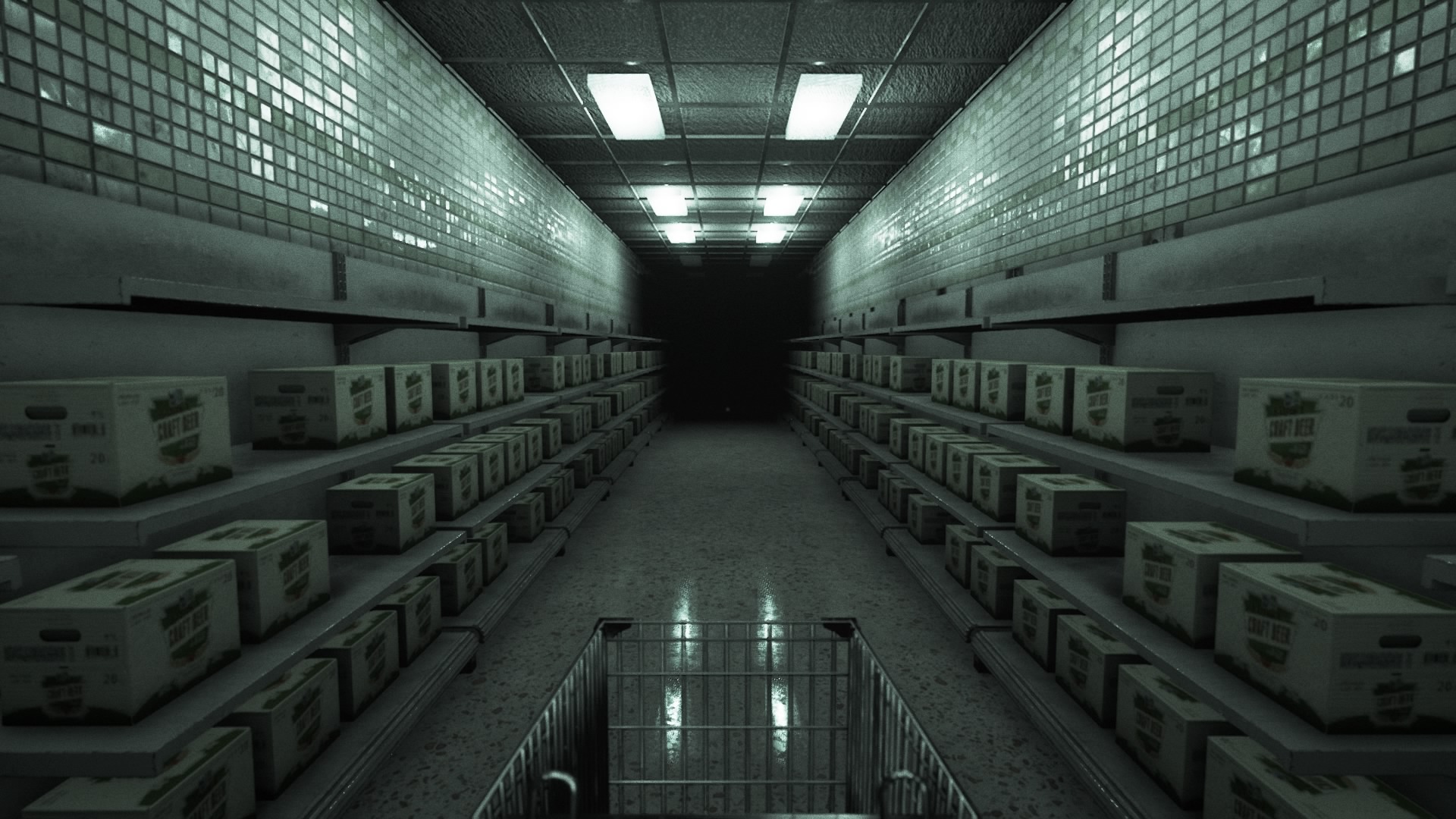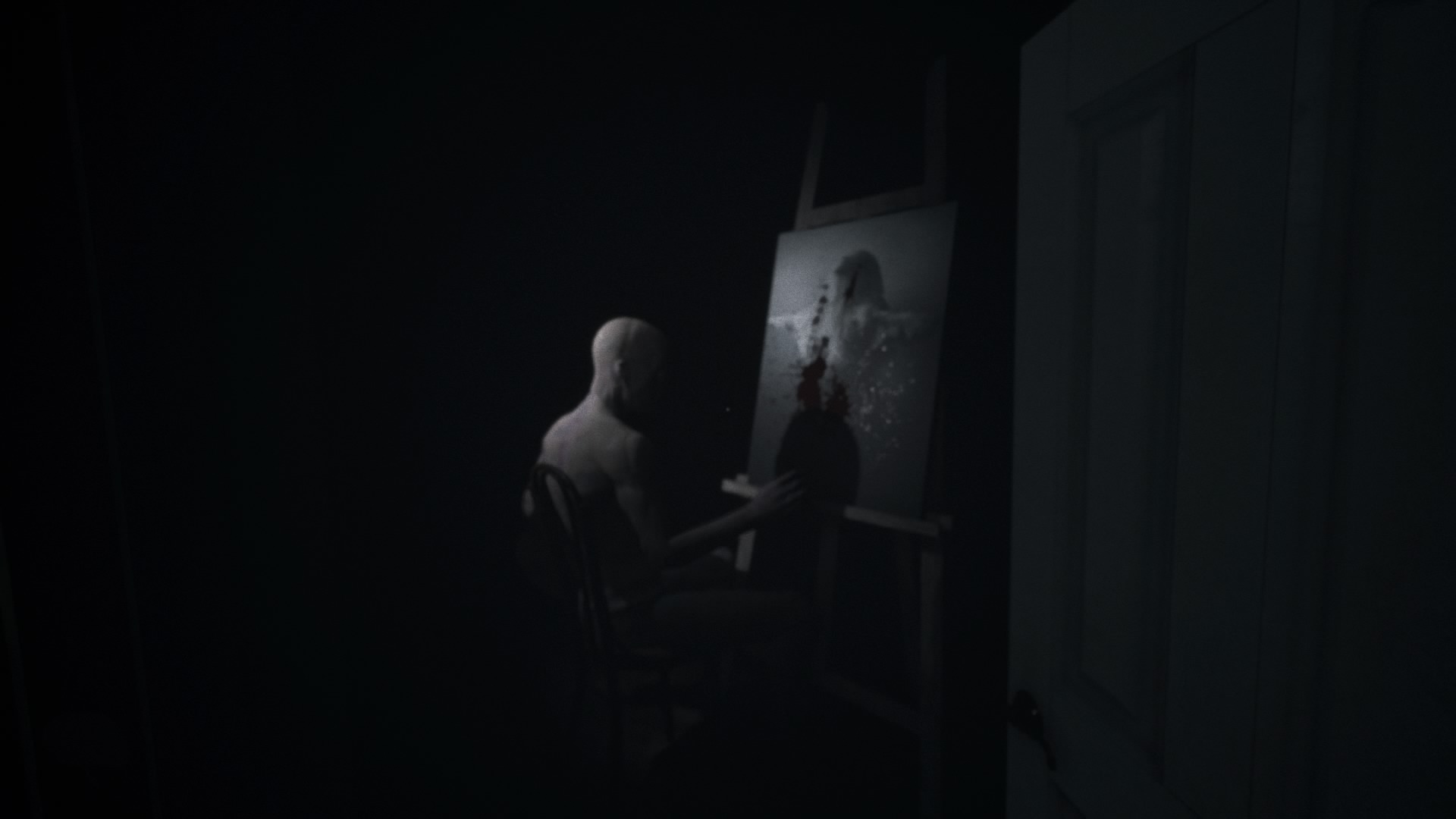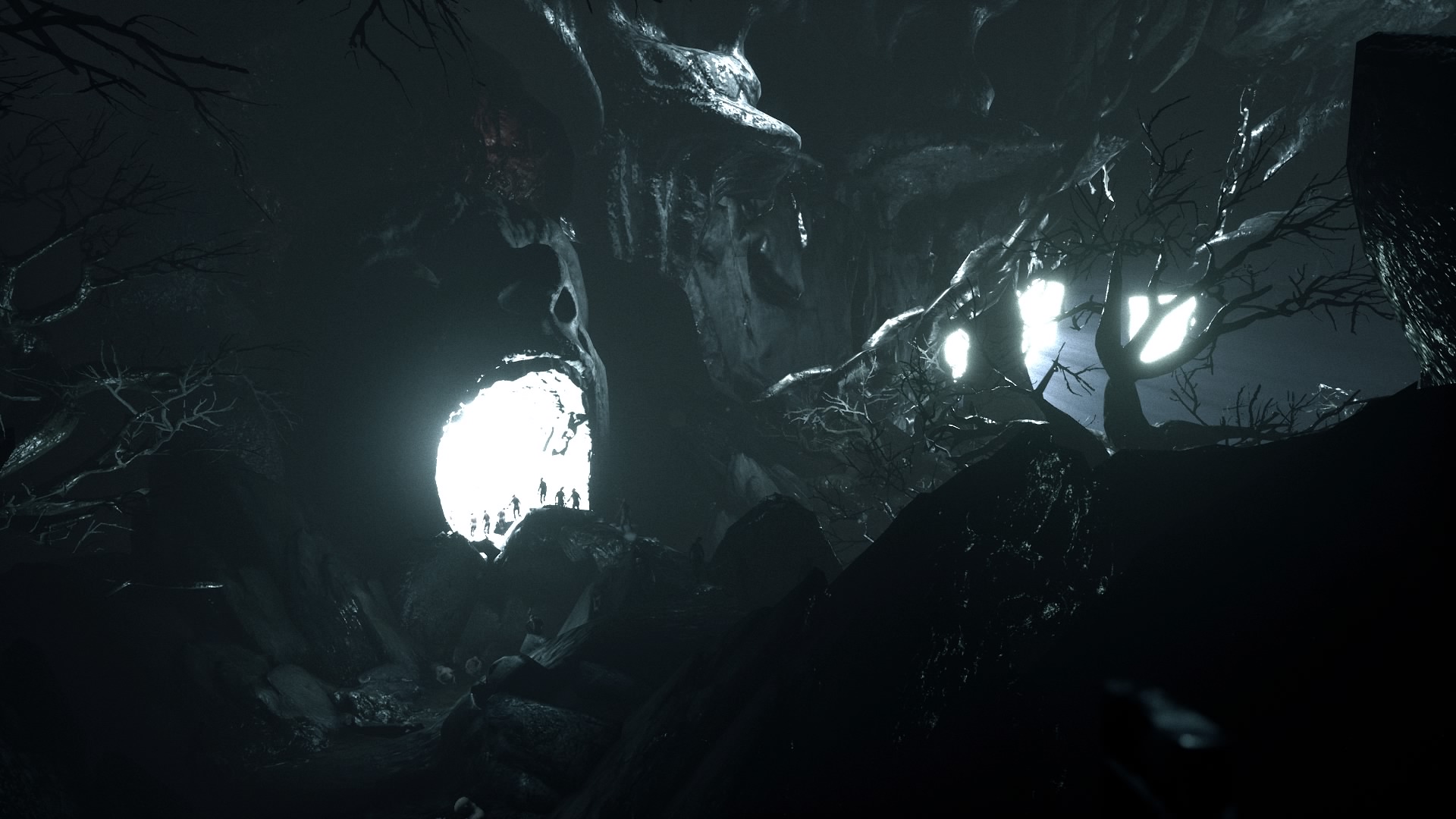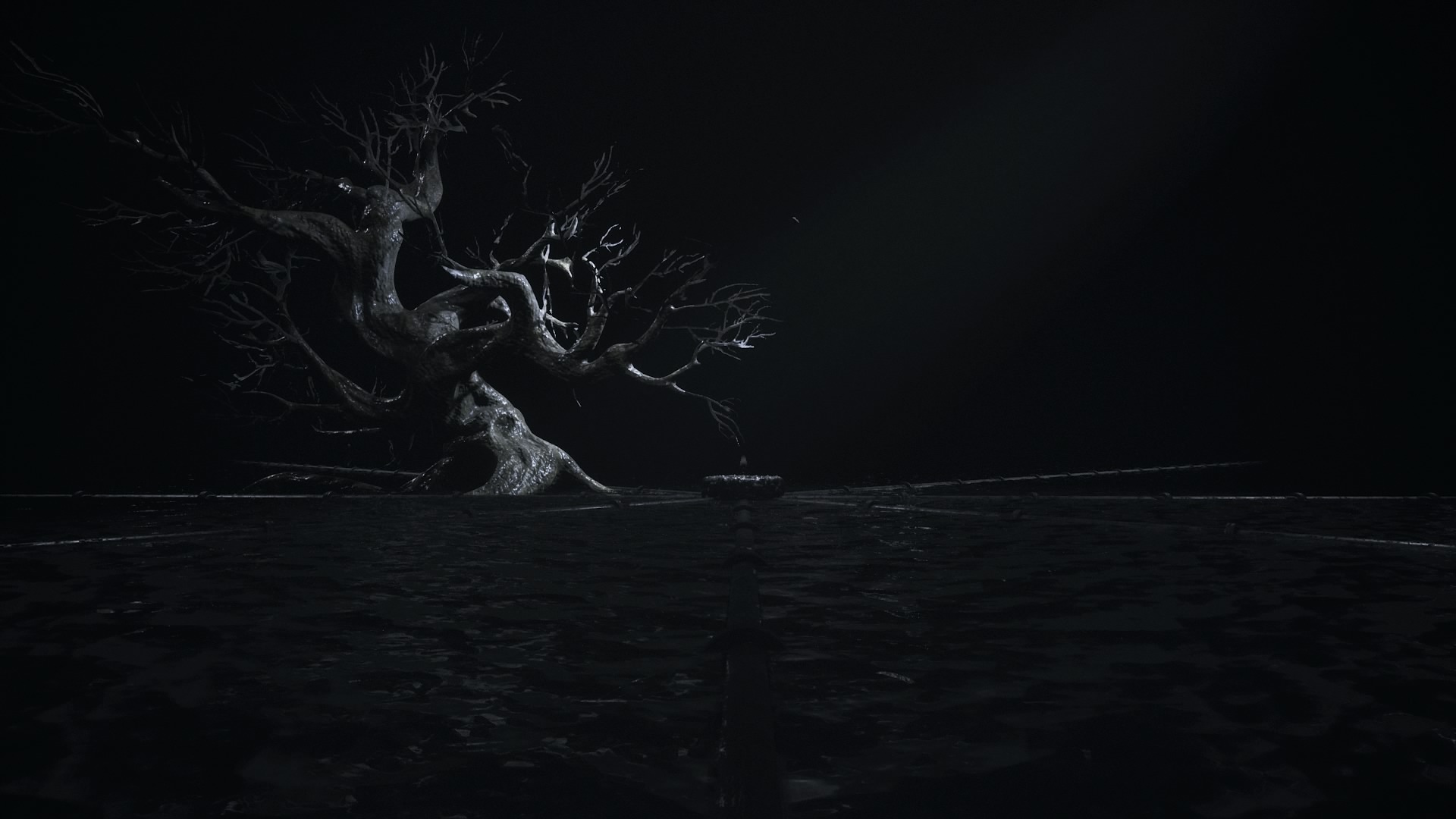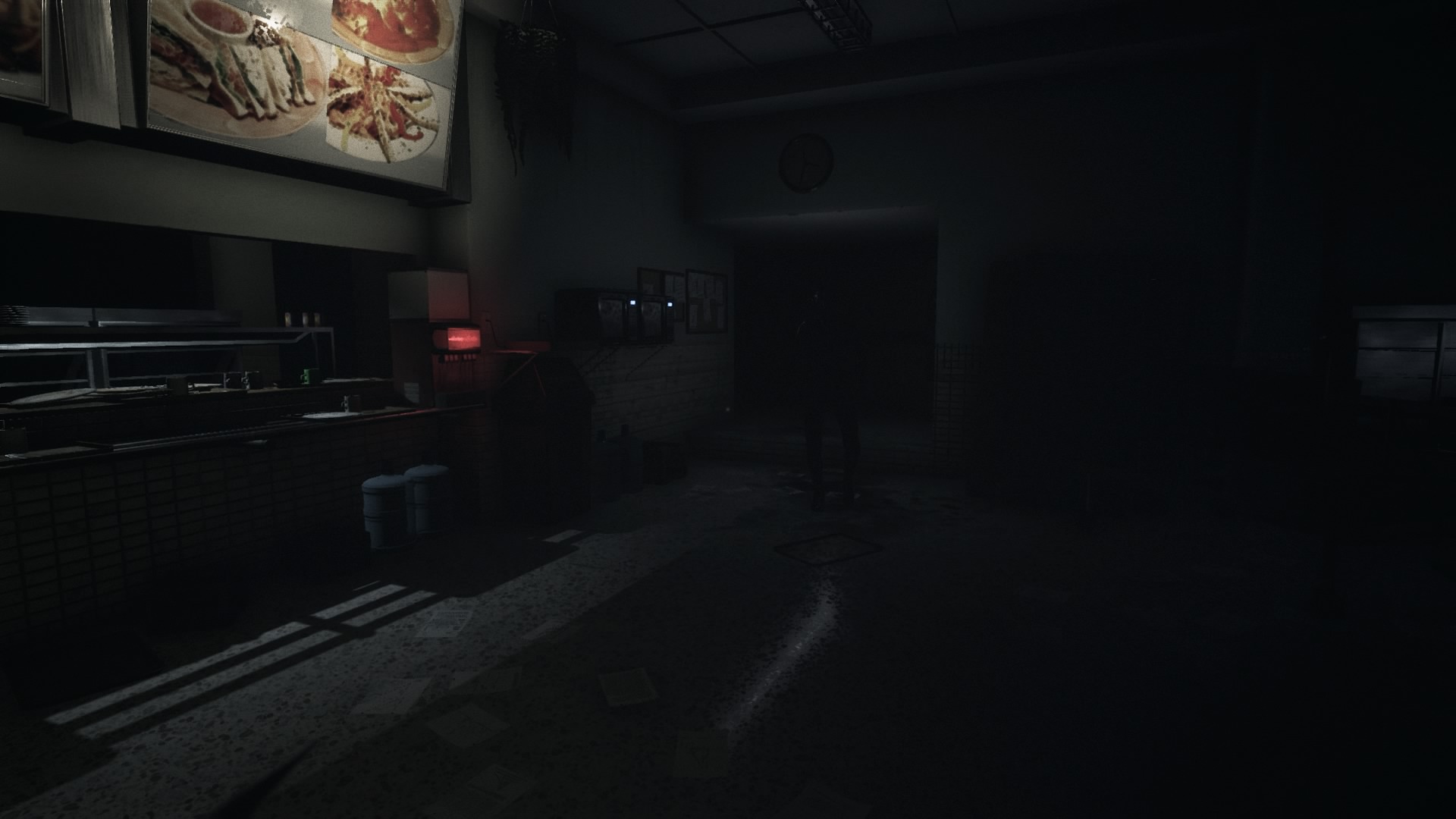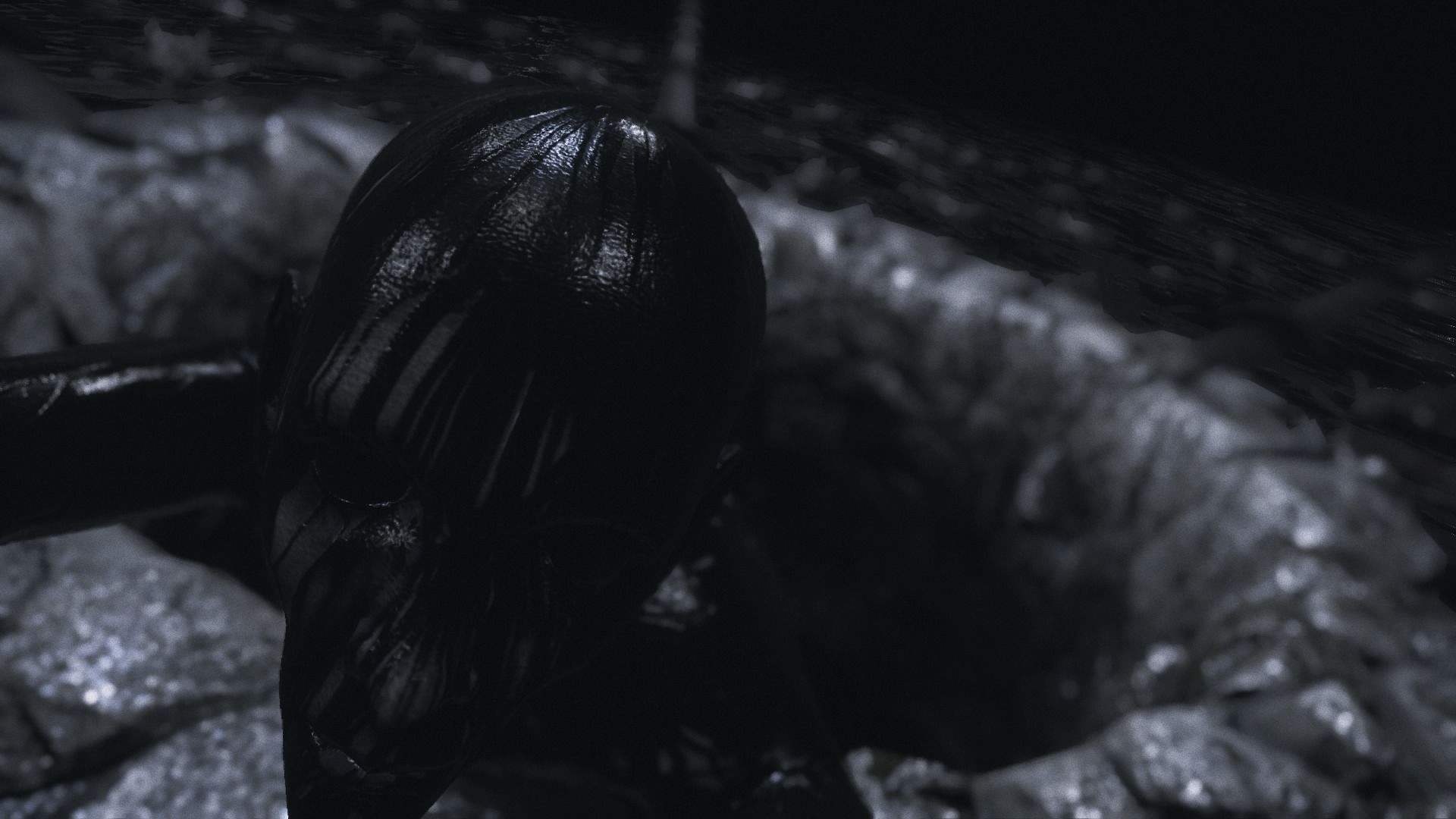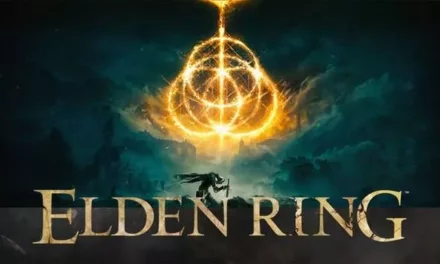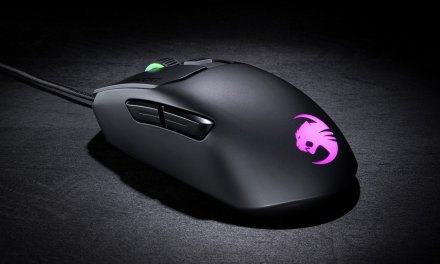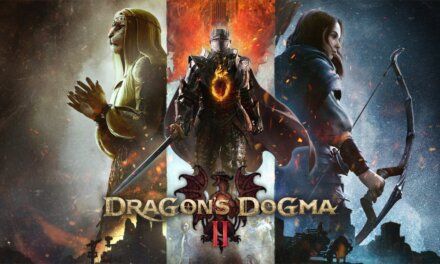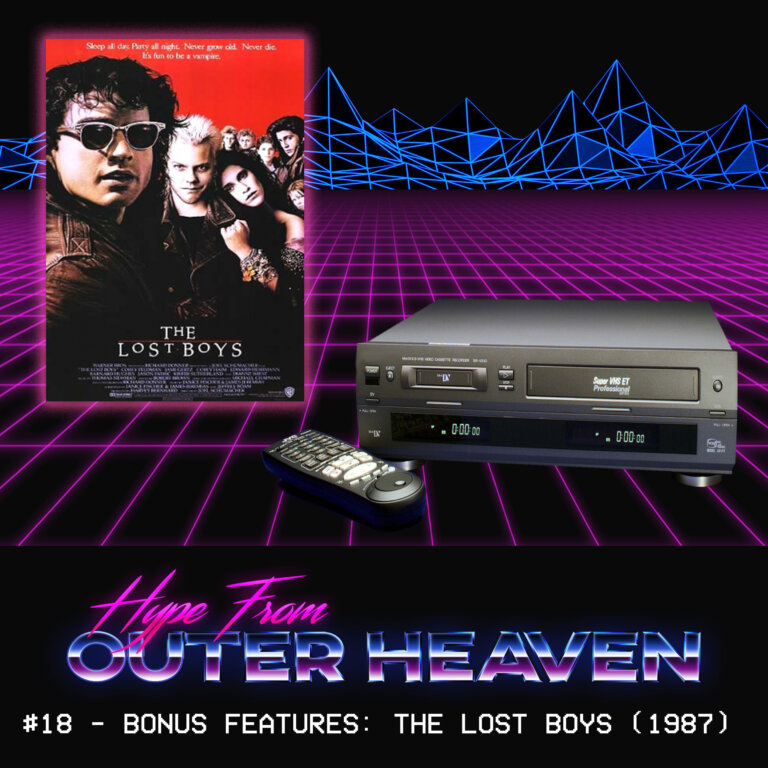“We have a special guest with us today… His name is Dwayne Anderson… He killed his whole family.”
Hailing from Montreal, Quebec is indie newcomer: SadSquare Studio and their landmark psychological horror masterpiece: Visage. Acting as a spiritual successor to Hideo Kojima’s ill-fated (yet loved by many) Playable Teaser (P.T.), Visage sets out to follow in its peer’s footsteps by offering a harrowing horror experience in the limited confines of a suburban home, complete with the spirits of the residence’s former occupants, who now haunt the abode’s eerily silent and foreboding hallways. Following a successful Kickstarter campaign and subsequent Steam Greenlight rollout in October 2015, Visage officially released for PC, PS4 and Xbox One on October 30th 2020; as always I’ll be covering the PlayStation 4 version of the game, going over both the good and the bad, while ultimately discussing whether the game is worth your time and money at the £28.99 asking price (EU PSN Store).
When Hideo Kojima’s Playable Teaser (P.T.) dropped on the PSN Store following it’s unveiling at Gamescom 2014, the very idea of horror in video games was turned upside down. The genre has had a pretty solid run over the last decade, following the success of breakout titles such as Amnesia: The Dark Descent and Outlast; ‘defenseless’ horror became the go-to framework for both AAA and indie developers alike, leading the market to become somewhat over-saturated with some real cookie-cutter derivatives over the years (staring at you Home Sweet Home) intent on mimicking the particular gameplay style. Acting as the demo for the now defunct: Silent Hills; P.T’s success was down to the simplicity of its design. At its core, the game could don the moniker of a walking simulator if one was to observe it skin deep, but once you begin to peel back the layers there is so much more going on than meets the eye. The game takes place within a single corridor of a gloomy house that you traverse over and over again, albeit with differences each time you ‘cycle’ through. At first, the changes are subtle: bump behind a door, the creaking of a chandelier, the radio turning on by itself etc. but are all part of a elaborate design (and clever use of atmosphere) to keep the player unhinged. Over time however, the changes become far more sinister to the point it becomes abundantly clear that a malevolent force is stalking you through the corridors; before long, the at-first, slightly uneasy, spooky home becomes one’s worst nightmare; slowly tip-toeing through the corridors of the abode at a snail’s pace with shattered nerves, hearing the static weeping of a woman one minute and the cries of an infant the next; the games use of both scripted and organic encounters (as well as excellent sound design) to bring the tension to near boiling point, prolonging the player’s fear to the point where turning around a corner will prompt an involuntary bowel evacuation. P.T.’s atmosphere and the use of both organic and choreographed scares is a white-knuckle assault of one’s senses, only showing its hand for brief moments in an attempt to prove to you that there is a very real, tangible threat stalking your every move, all the while the player is expected to solve puzzles that fall out of the realm of a sane mind.
I talked at length about my love for P.T. back in 2017 (which was the catalyst for my on again/off again ‘In Memoriam’ Editorial series for Game Hype) and how the game was one of the finest examples of psychological horror ever created. Such an experience is very rarely created so adeptly, and the cancellation of both Silent Hills and Kojima Productions (at least at that point in time) left a bad taste in people’s mouths when it came to Konami. It wasn’t long before fans of the demo attempted to recreate the experience within P.T., with spin off projects such as Lilith Ltd’s Allison Road taking up the helm as the ‘spiritual successor’ to the short-lived masterpiece, despite the fact the game has been in development purgatory since late 2016. However, one title has very much lived up to the namesake of being a true ‘spiritual successor’ to Kojima Production’s swansong; I speak of course of Canadian indie developer: SadSquare Studio and their first foray into the horror circuit: Visage. The premise of Visage is very similar to that of its inspirational predecessor; taking place in the confines of an (albeit larger than P.T.) suburban home, which has seen numerous occupants all meet tragic and bloody ends over the years under the domicile’s roof. The game takes place in the 1980’s and places you in the shoes of everyman: Dwayne Anderson, who is every inch your average, white, middle-class American, until he awakens in a very familiar looking dark room with a door (I repeat, very familiar) covered in blood, moments after executing his wife and two children at point-blank range with a revolver before turning the gun on himself (of which you see every second in graphic detail, made all the more harrowing by the final screams of the Anderson family). Visage pulls no punches with it’s opening scene (which is enough to make the hardest b*stard on the planet come out the other end with PTSD) acting as a mere prelude of the visual torment to come.
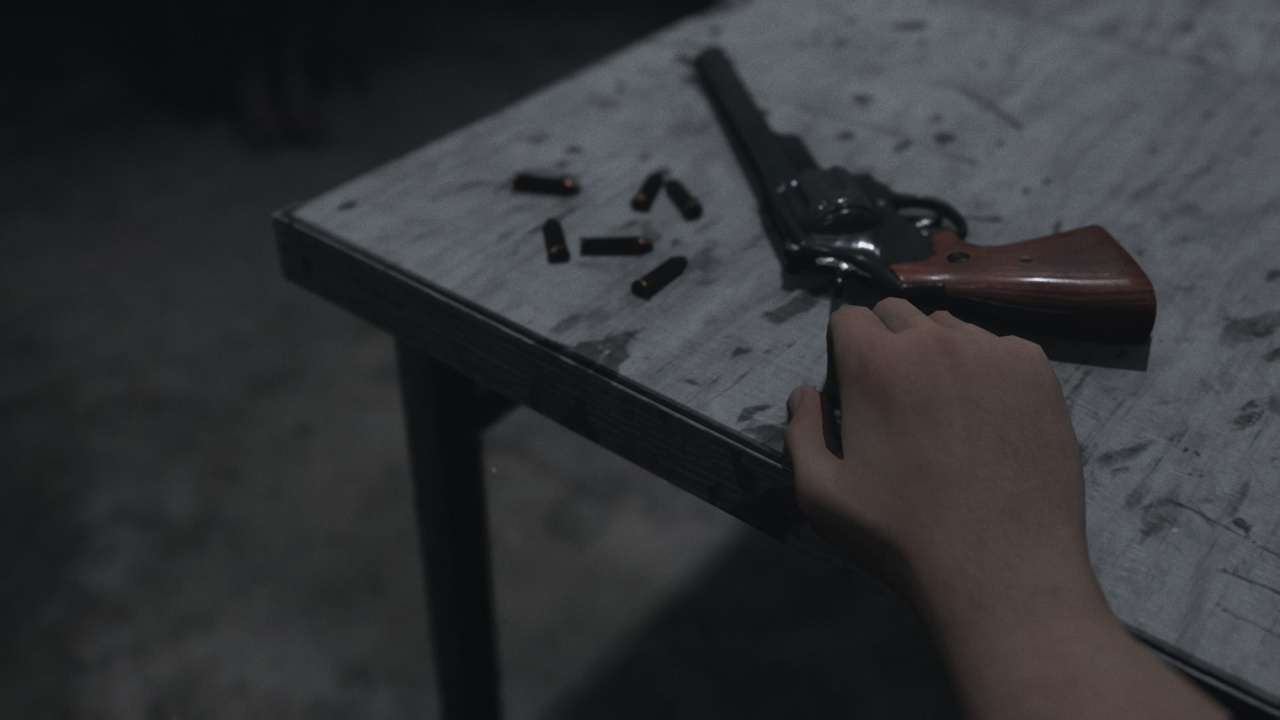
It has to be said straight out of the gate that Visage is quite easily one of scariest games I have ever played, and that is quite the bold statement given I was praising P.T. for being horrifying moments ago. Much like its intellectual predecessor, atmosphere is king in Visage, offering an ever-changing house that shifts in tone and perspective depending on which spirit is haunting you. The game is broken up into 4 distinct chapters, each of which explores the mental and physical torment suffered by one of the house’s former occupants, dealing with taboo themes such as substance abuse, suicide and domestic abuse, allowing the player to explore their individual stores and eventually discovering their untimely demise. The gameplay premise of Visage follows the standard tropes of the horror genre (and doesn’t play too dissimilar to P.T.) in that it’s played from a first-person perspective, you have no means of protecting yourself and there is a strong emphasis on puzzle solving. While this may seem standard-fare, Visage has an exceptional ability to get into the mind of the player through it’s use of both scripted and organic encounters with the game’s spirits, as well as it’s ‘paranormal events’ which can occur at any time when the player begins to feel safe. At any point as you traverse the house, lights and appliances can turn on/off, doors can creak open or slam shut etc. witnessing these events decreases Dwayne’s sanity, while taking medication or staying in well lit areas for a time increases it. The sanity system in Visage works very similar to that found in Amnesia: The Dark Descent, in that the worse off it is, the more the player will begin to experience more frequent and intense paranormal events, to the point where the player can be killed off by the game’s spirits if it falls into the red too much.
The semi-open world structure of the house as well as the lack of any real direction only heightens the atmosphere when it comes to dealing with unscripted ghost encounters, leading to some tense ‘Cat and Mouse’ scenarios when it comes to puzzle solving. Visage also has some light survival horror elements such as resource management; items such as lighters and medication can sometimes mean life or death in some of the game’s harsher areas, and are in exceedingly short supply, meaning they need to be used carefully. On the subject of puzzle solving, the game’s take the adventure game approach when it comes to you using the ol’ grey matter to progress, having a difficulty curve so steep that it’s like running head first into a brick wall if you go in unprepared (if you get stuck, use an FAQ, you’ll thank me in the long run). Vague clues and obscure puzzles are made all the more terrifying when you have the chapter’s ghost following you through the house’s halls (each chapter deals with a specific spirit) offering an unrelenting experience should you drop your guard for a moment. The stories from the chapters are very much steeped in horror, inspiration can be seen from the likes of William Peter Blatty’s The Exorcist, Stanley Kubrick’s The Shining even touching on the body horror stylings of David Cronenberg. Visage deals with these inspirations in a way that doesn’t impact the quality of the storylines it throws out there; maintaining its own identity, but still taking the time to pay homage to the genre it grounds itself in. While the tone of Visage is quite serious in nature, it isn’t without its comical moments in the form of easter eggs, some of which are downright brilliant (shotgun anyone?) and offer just the right amount of light-heartedness that eases the tension for a fleeting moment here and there, without detracting the player from the game’s horrifying immersion factor.
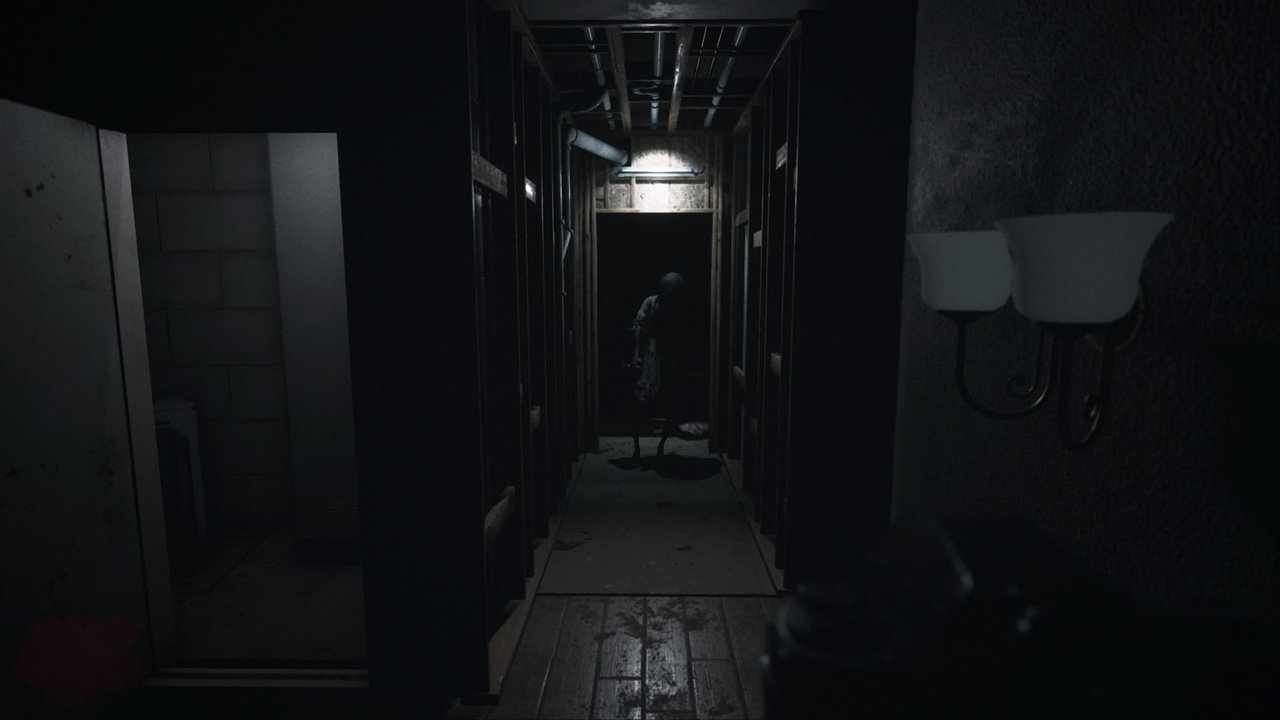
While Visage’s standout feature is its ability to keep you on the edge of your seat thanks to its heart-pounding atmosphere, it also boasts some pretty spectacular visuals, which have largely remained intact for the console port. Out of the box, the game is billed as having ‘hyper-realistic visuals’ which it very much lives up to, presenting photo-realistic environments in 1080p on the base PS4 (no enhancements for the PS4 Pro or PS5 currently) at a consistent 30fps frame-rate, with next to no screen tear or frame rate dips whatsoever. The game also boasts some superb ambient lighting, and when in conjunction with the game’s excellent sound design, raises the atmosphere and immersion tenfold, really delivering a home-run when it comes to some of the game’s more high-profile scares. While the house looks superb, unfortunately the character models and animations (while not terrible) could definitely do with a bit of polish, detracting ever so slightly from an otherwise near-perfect aesthetic experience. It also has to be said that the game’s UI and controls leave a lot to be desired at first, being one of the more clunky control schemes I’ve seen in recent years; but once you get used to it, it shouldn’t pose too much of an annoyance if you’re able to look past these things. Overall, Visage is one hell of a love letter to Kojima’s swan song from his final days with Konami; SadSquare Studio have exceeded in turning the original vision of P.T. into a fully-fledged, white-knuckle horror experience that is definitely not for the faint of heart. If you’re a fan of the horror genre, Visage is hand’s down an essential horror experience that will keep your pulse racing from start to finish, and for £28.99, it’s an absolute steal for what’s on offer here.
A PlayStation 4 review code was provided by SadSquare Studio.

